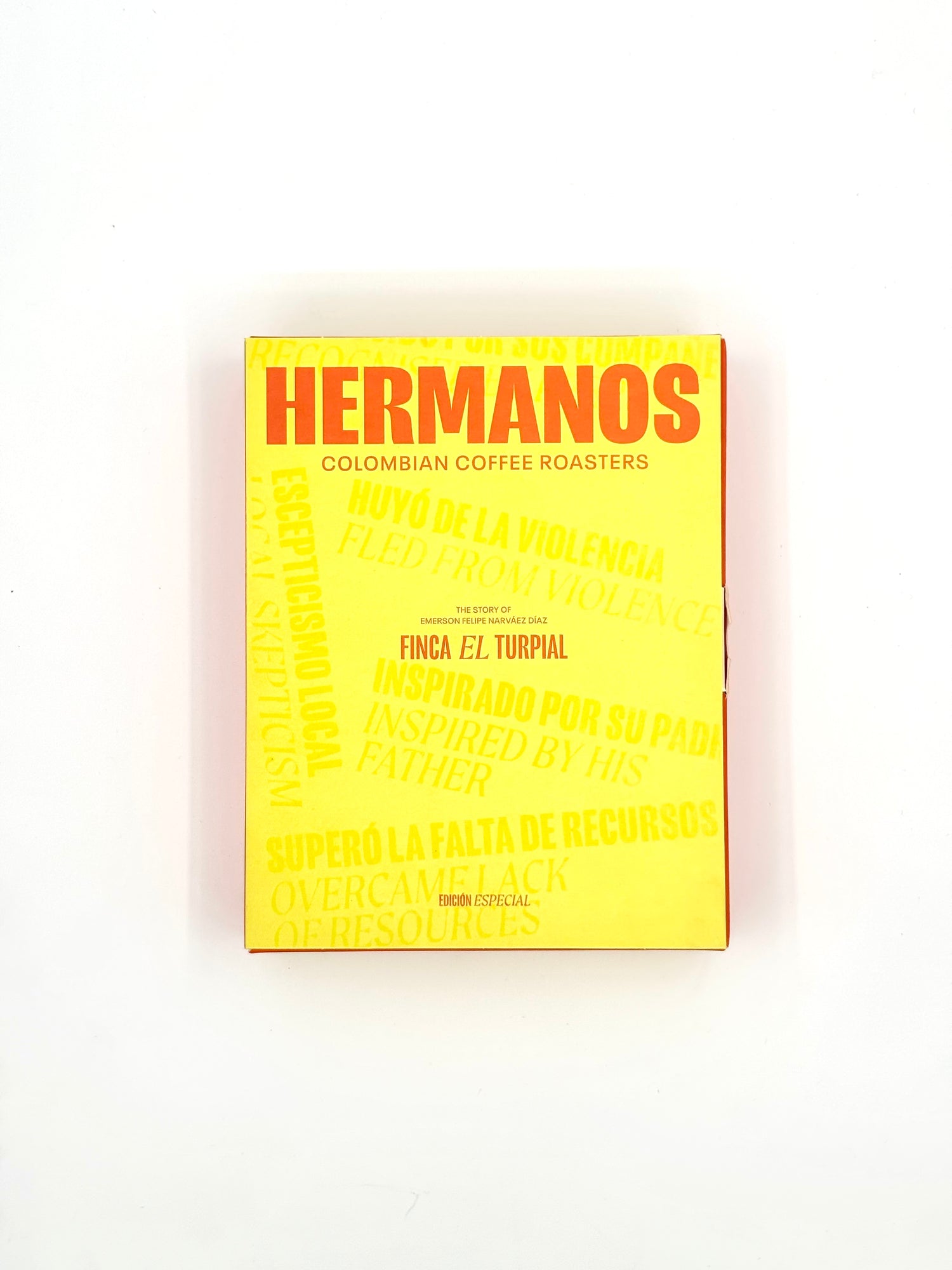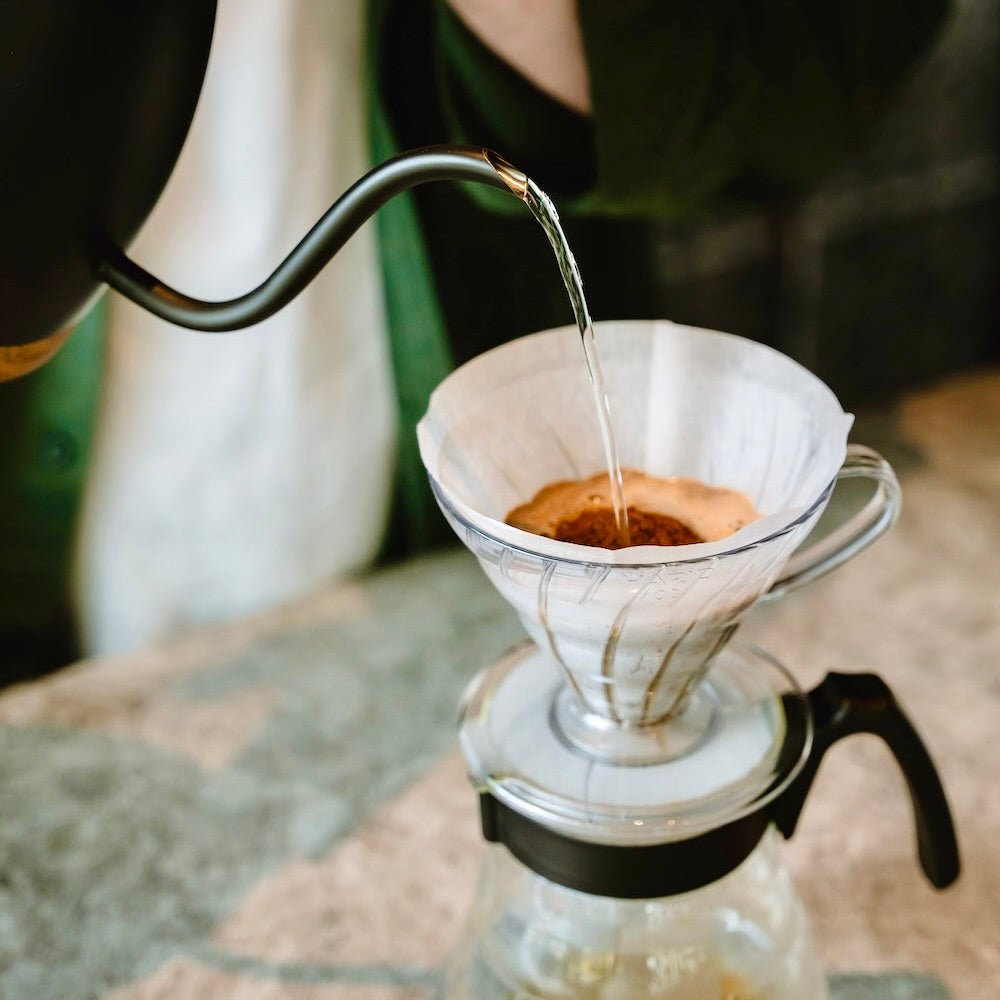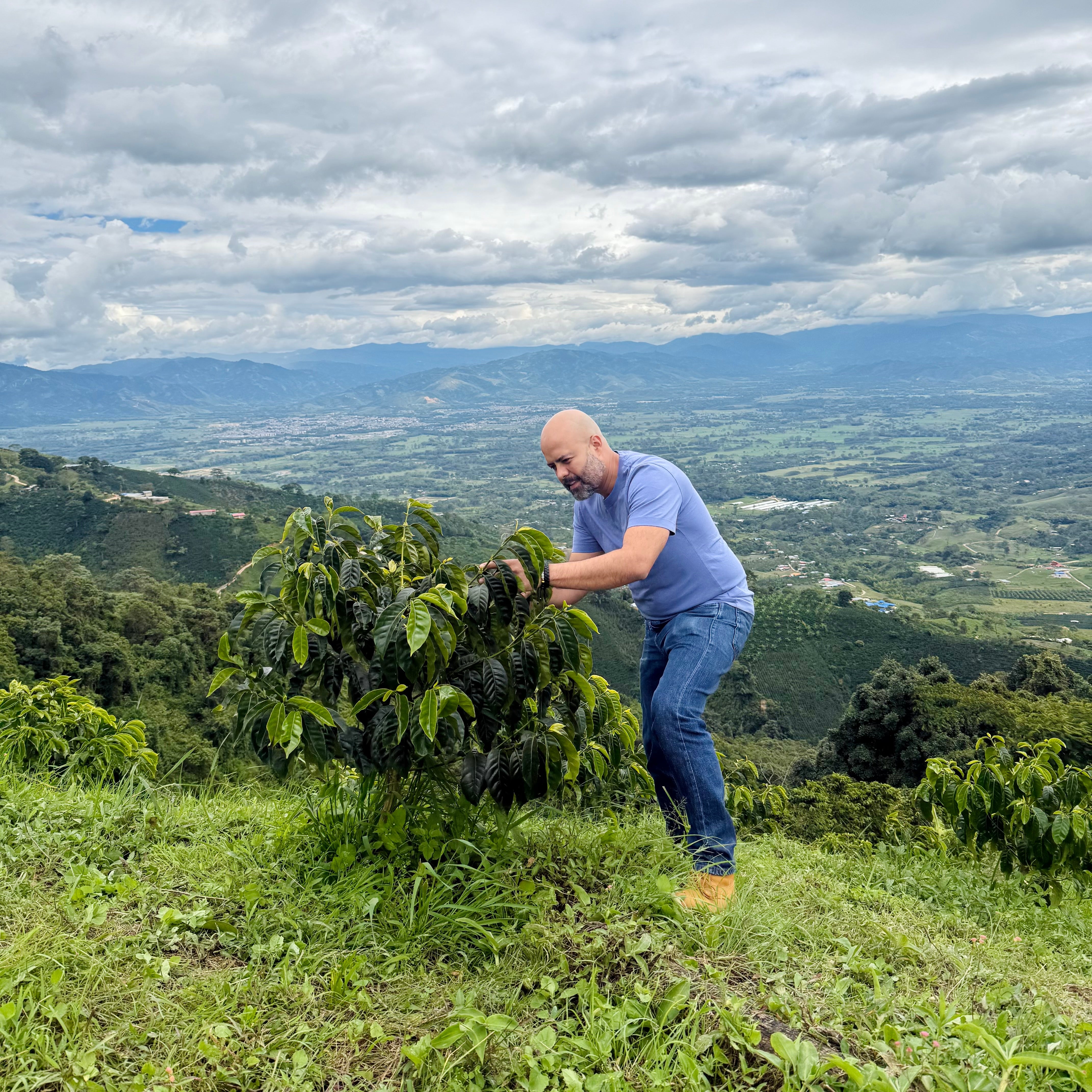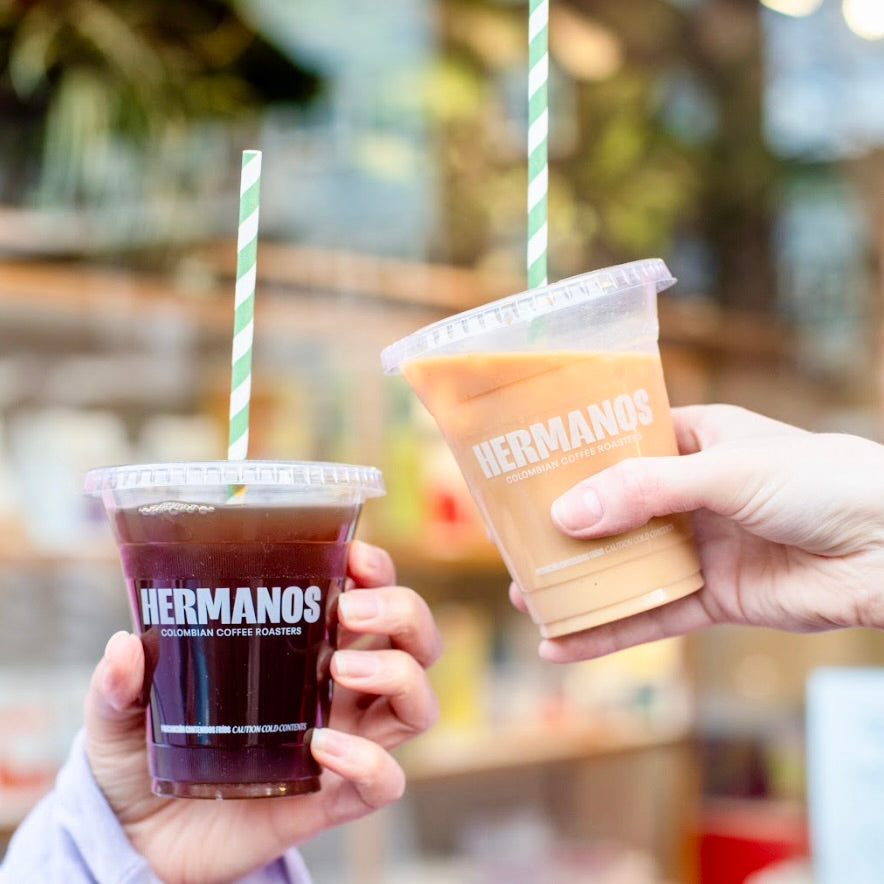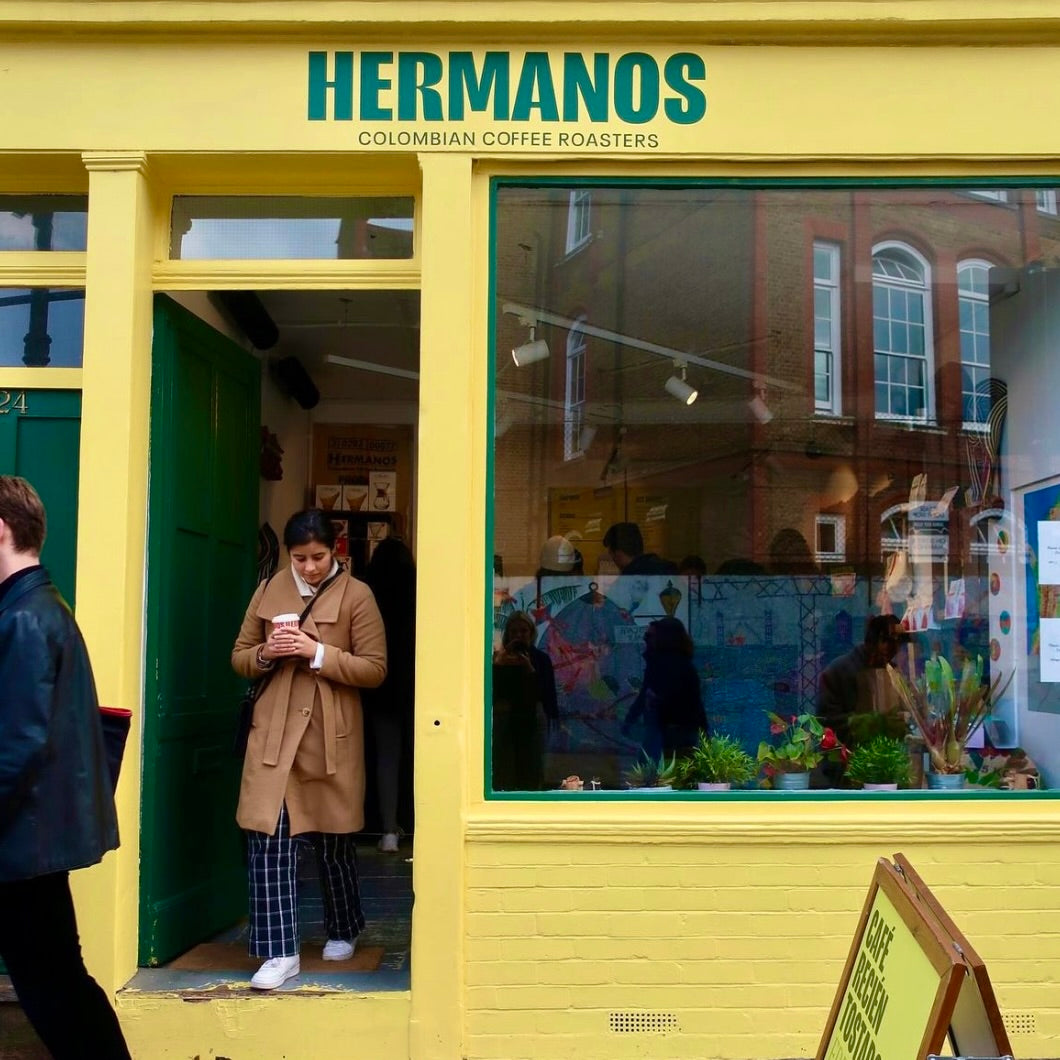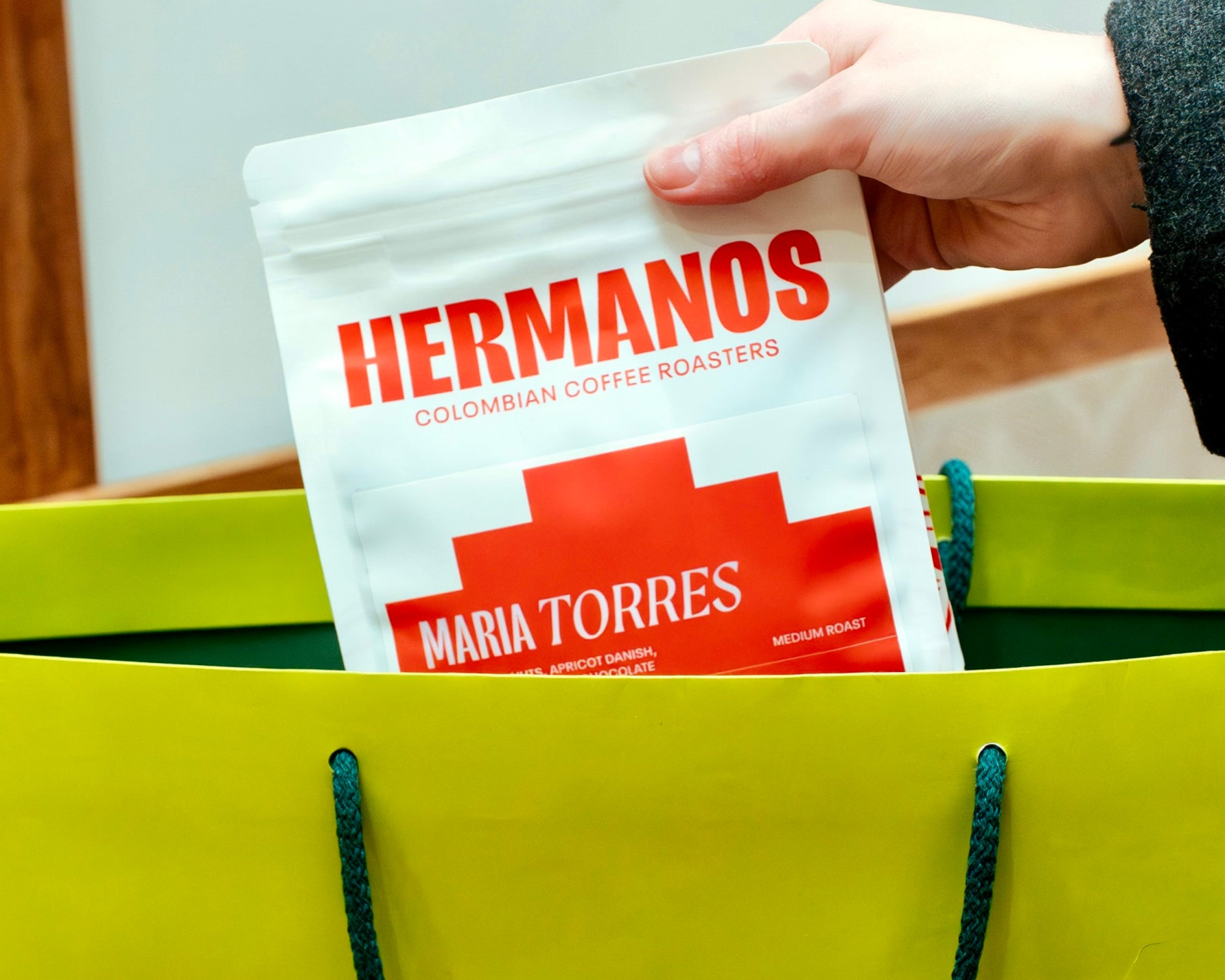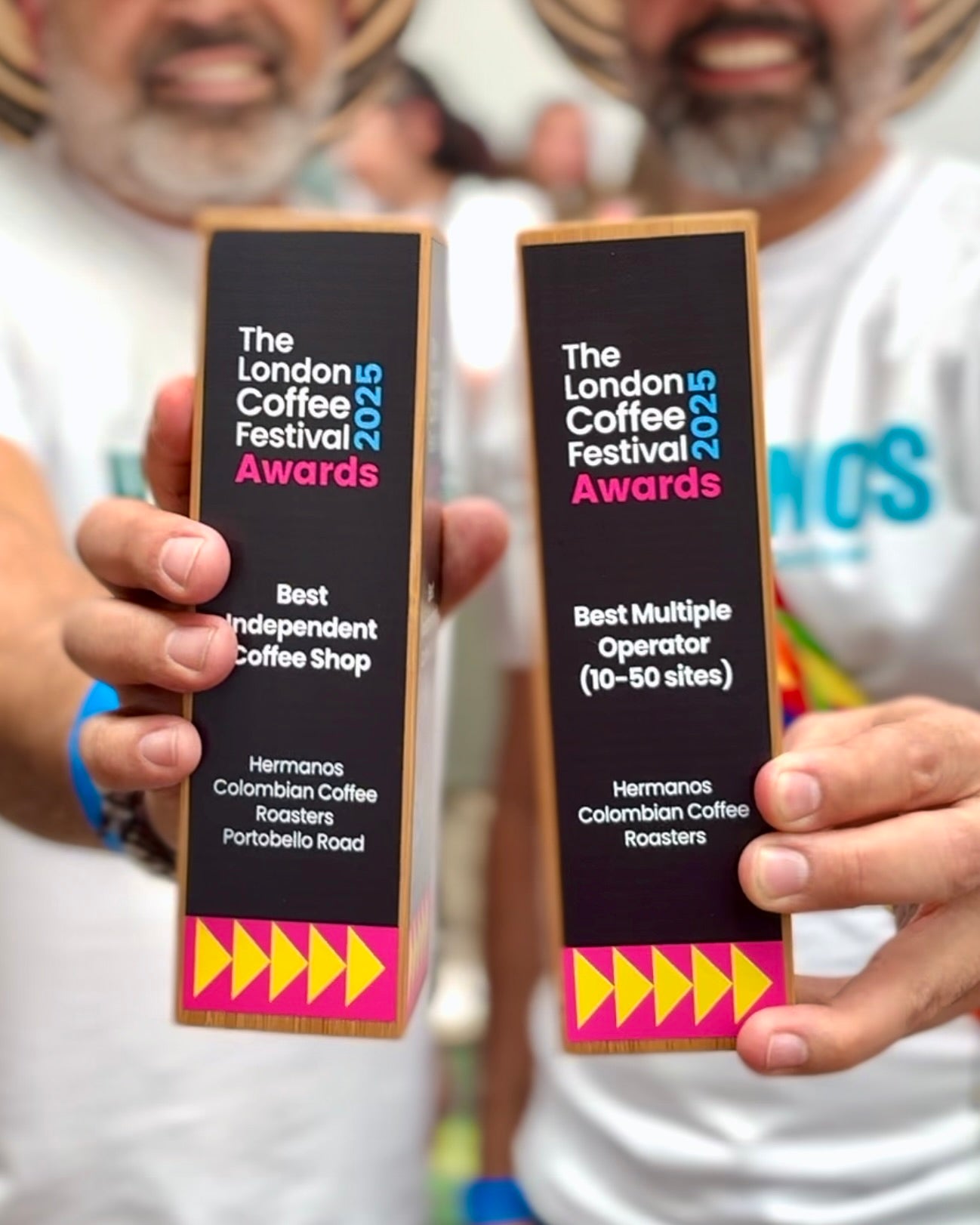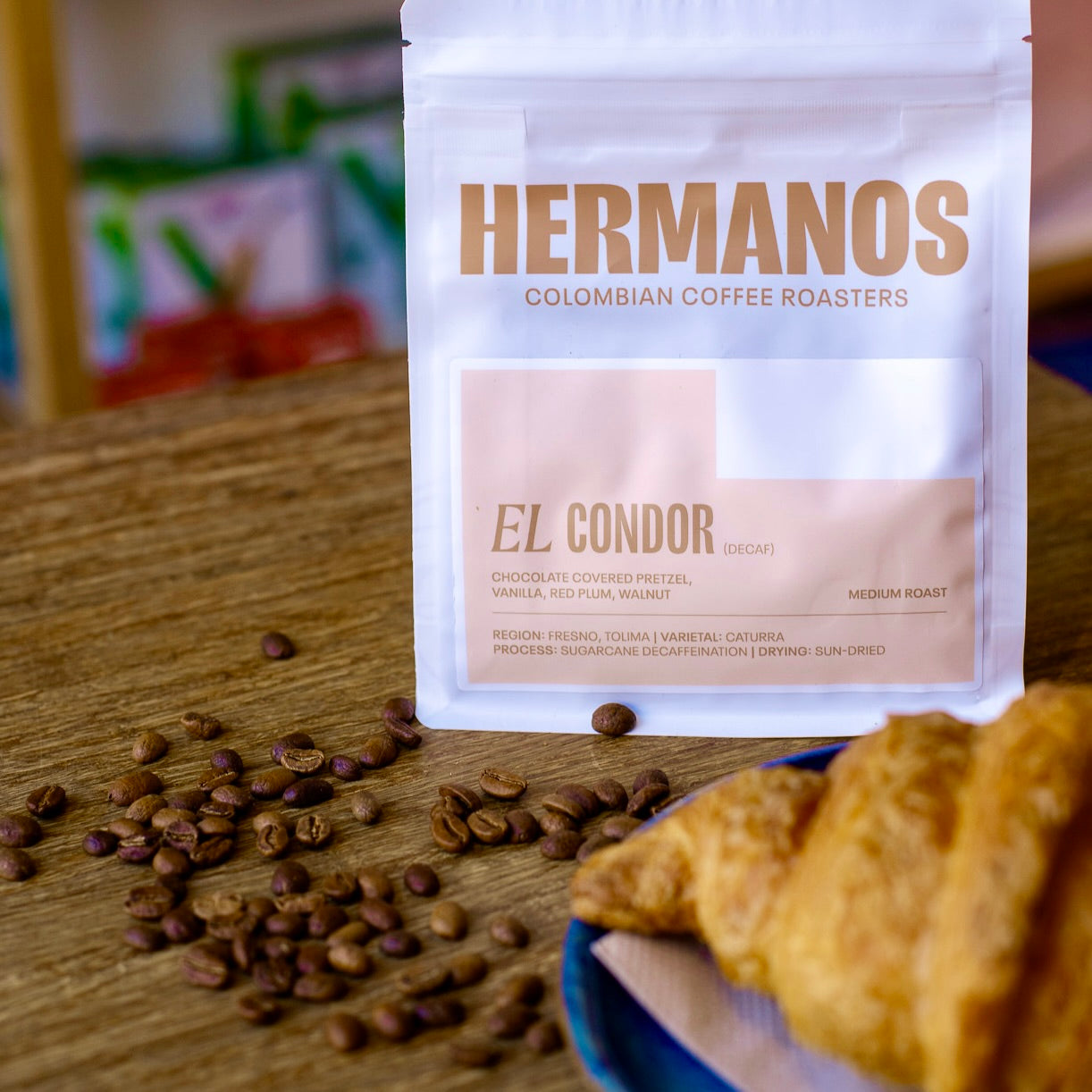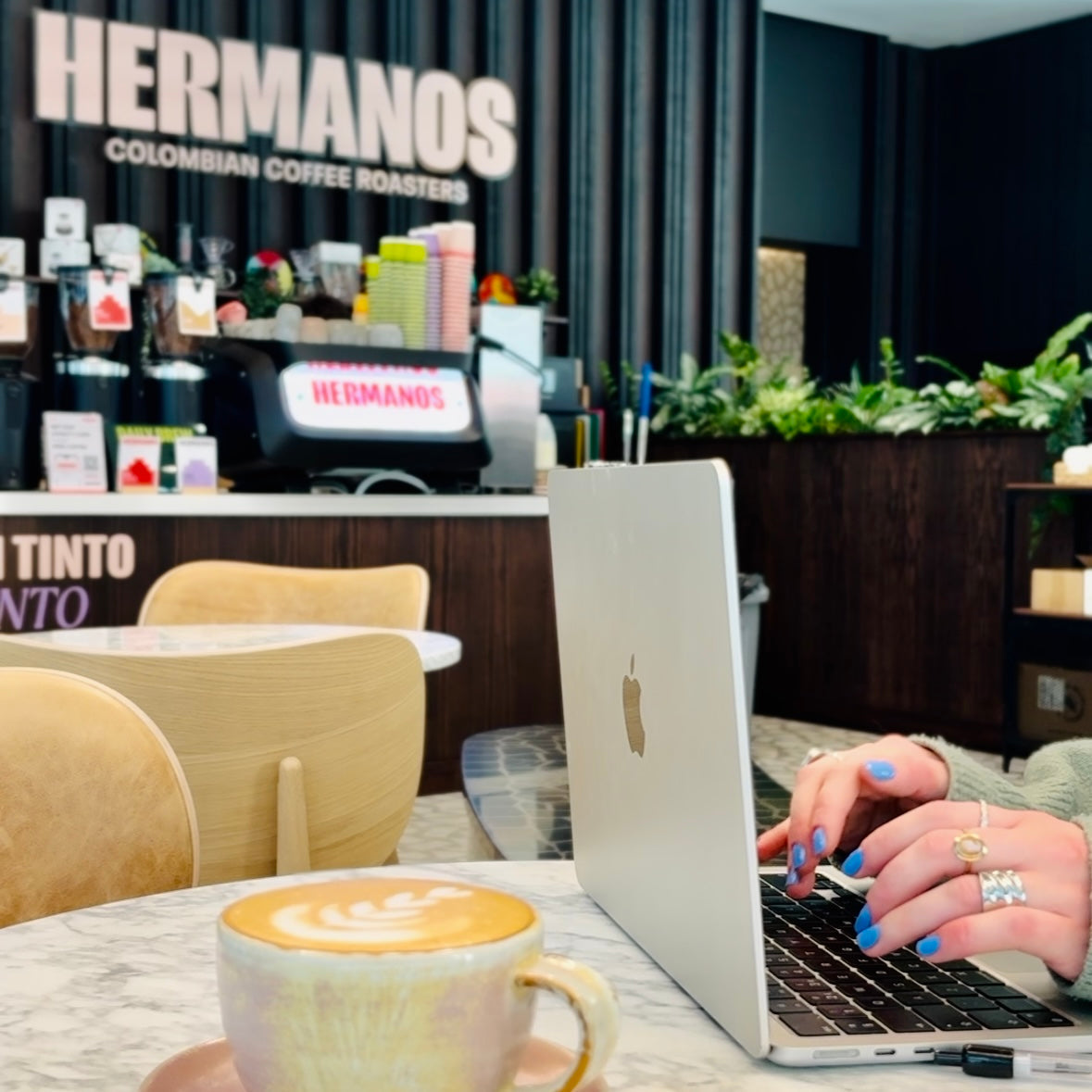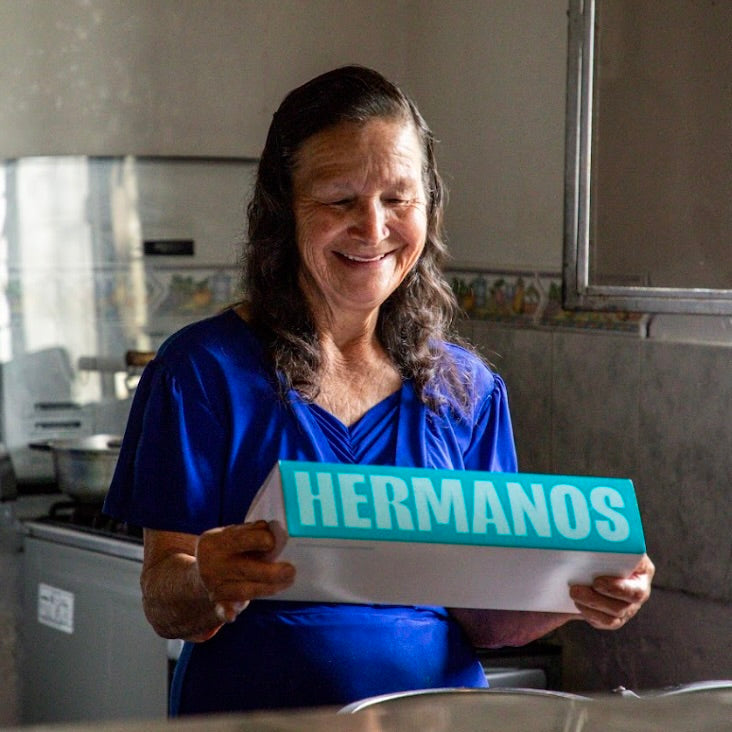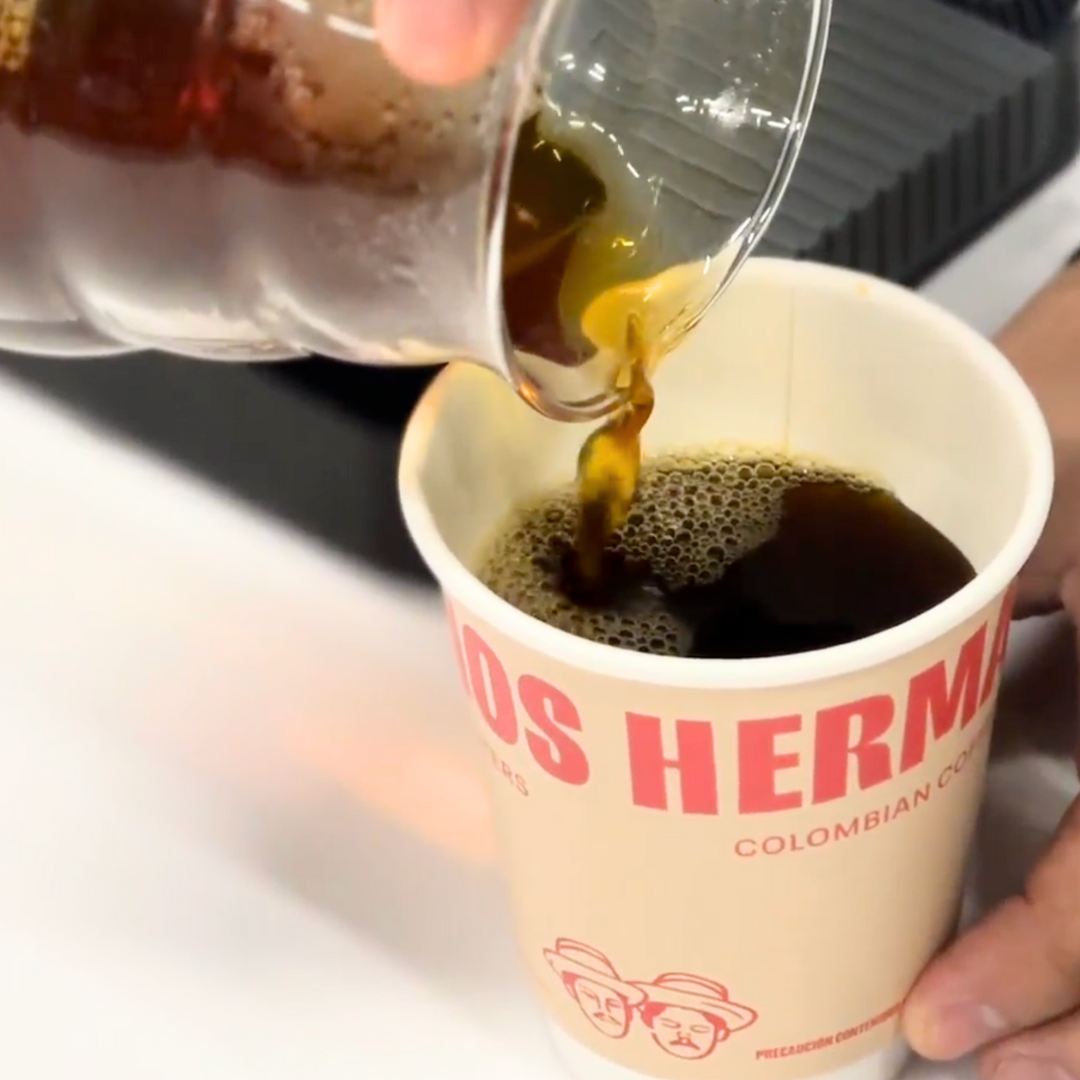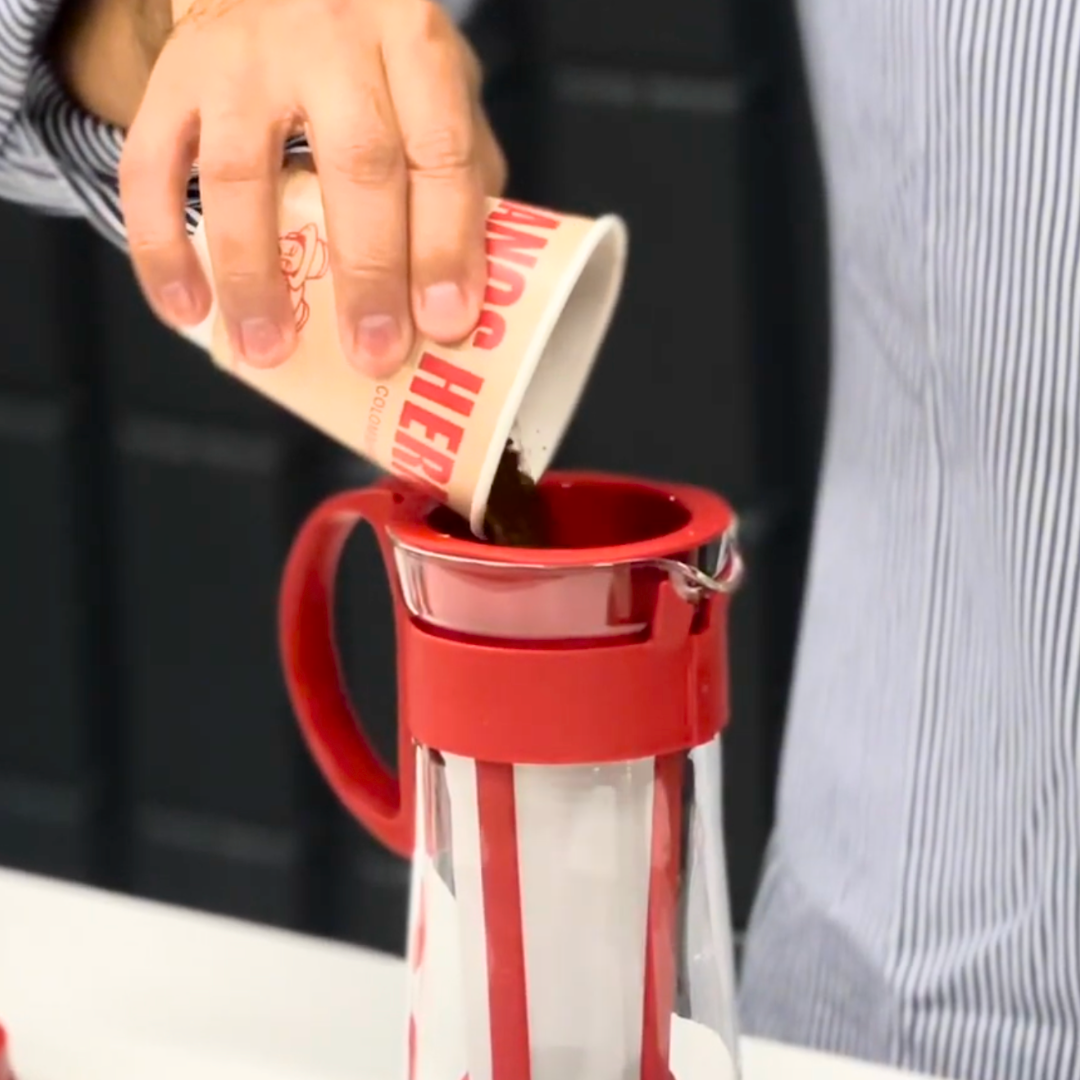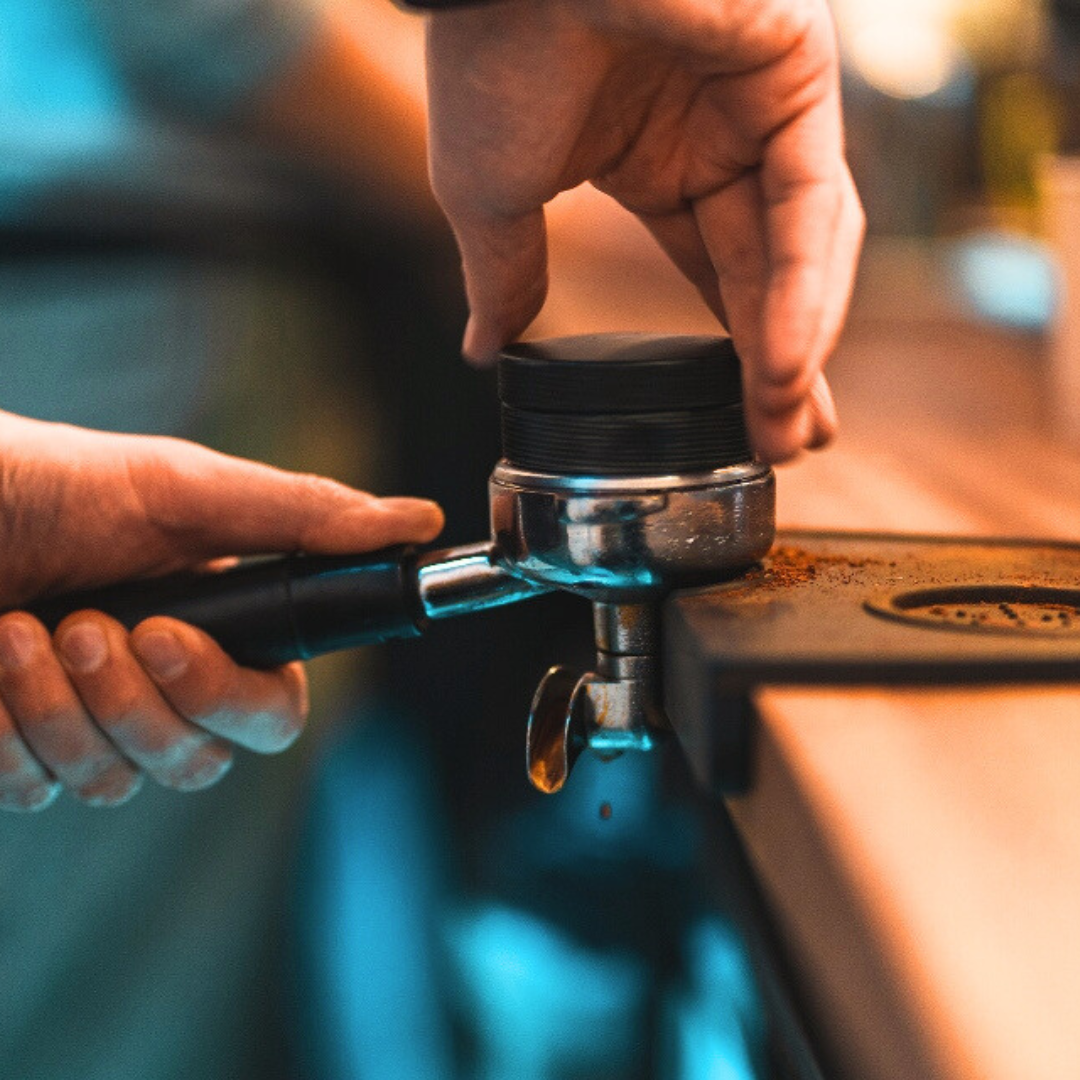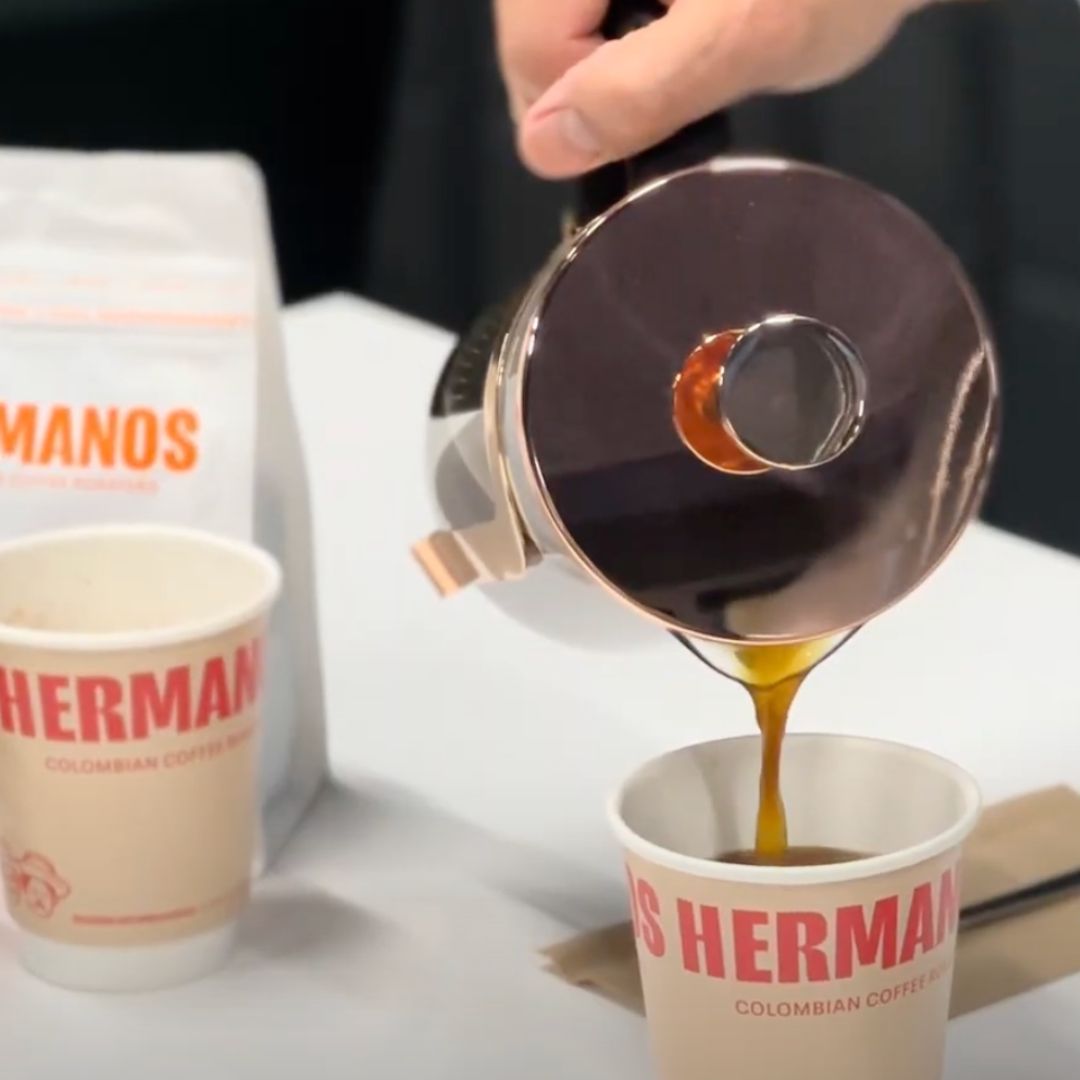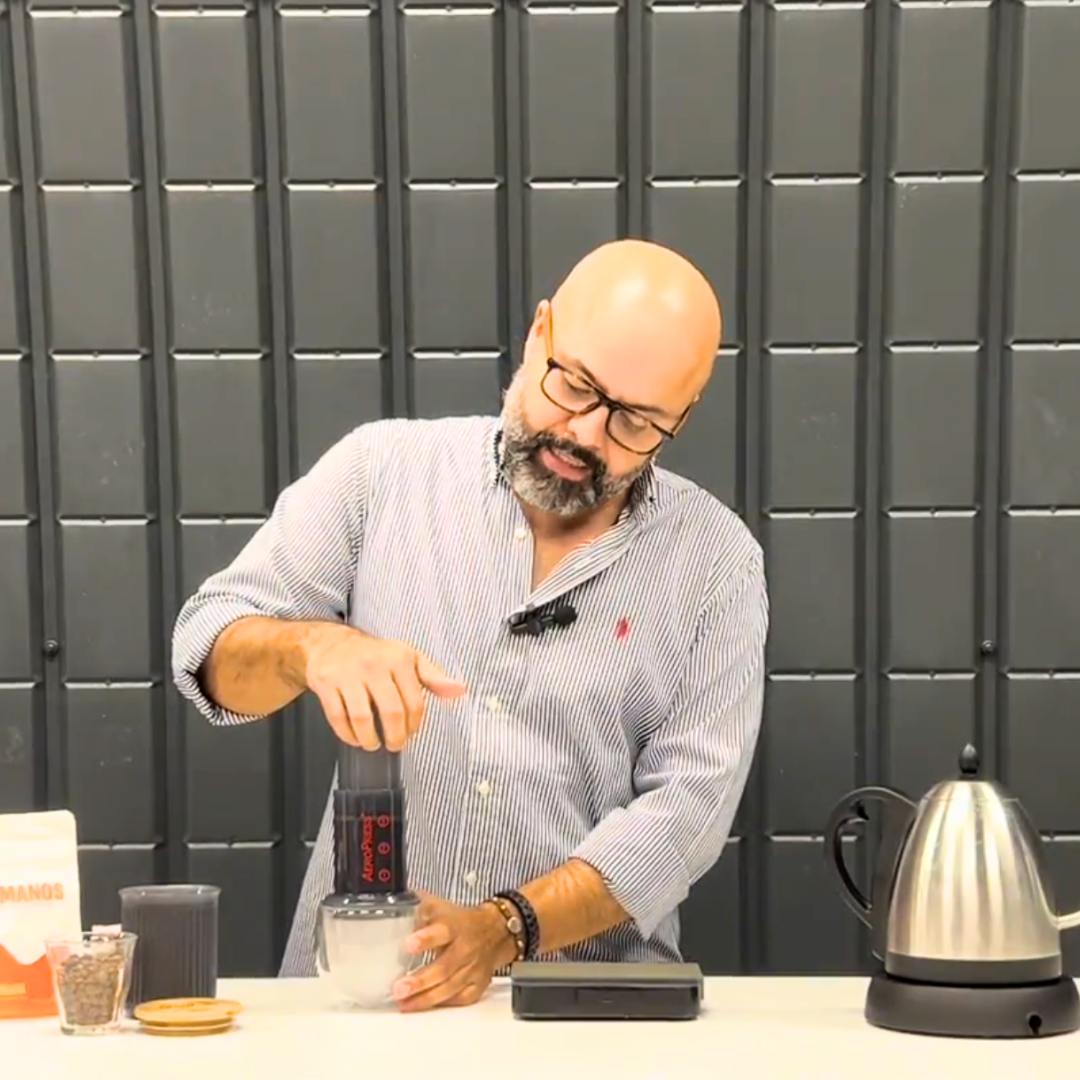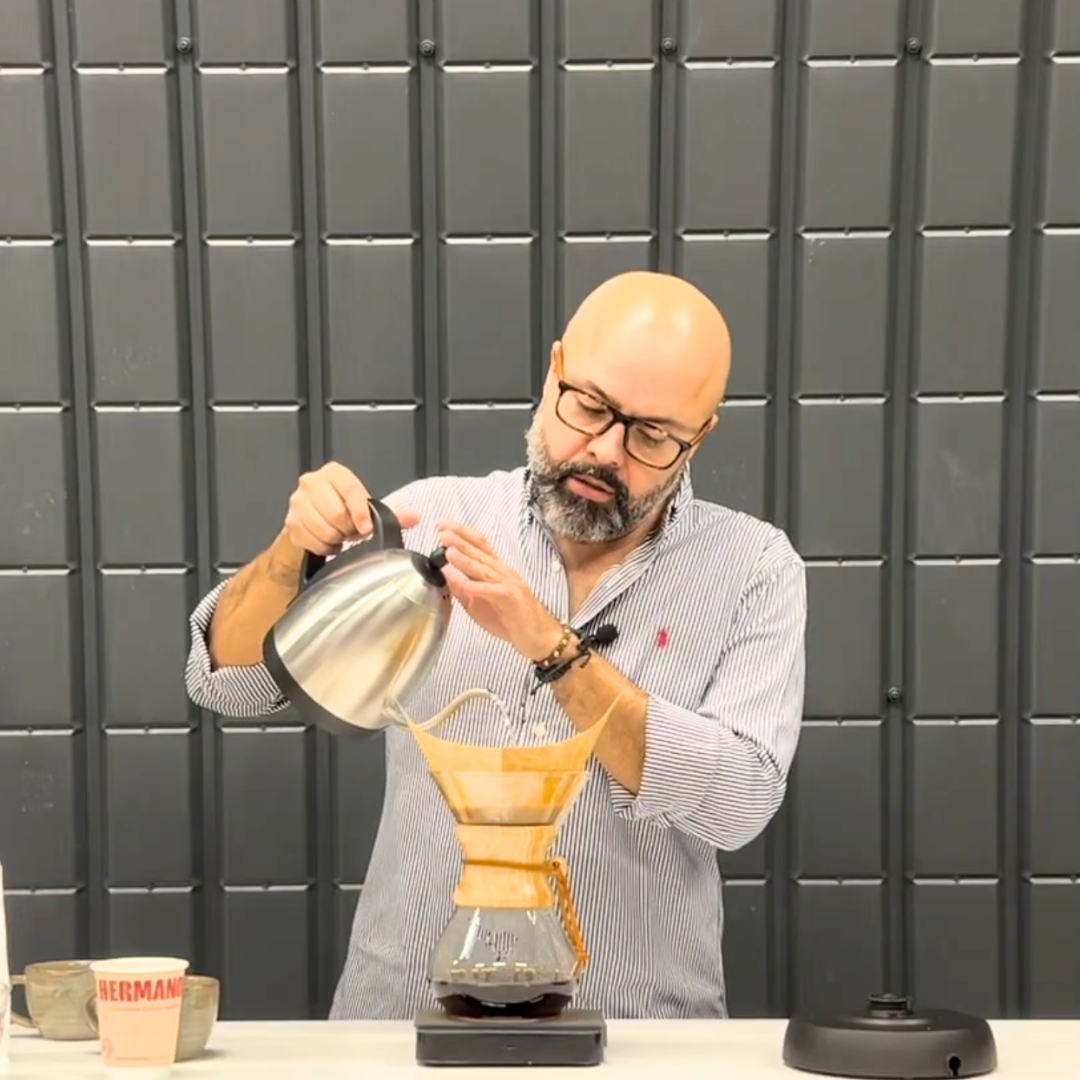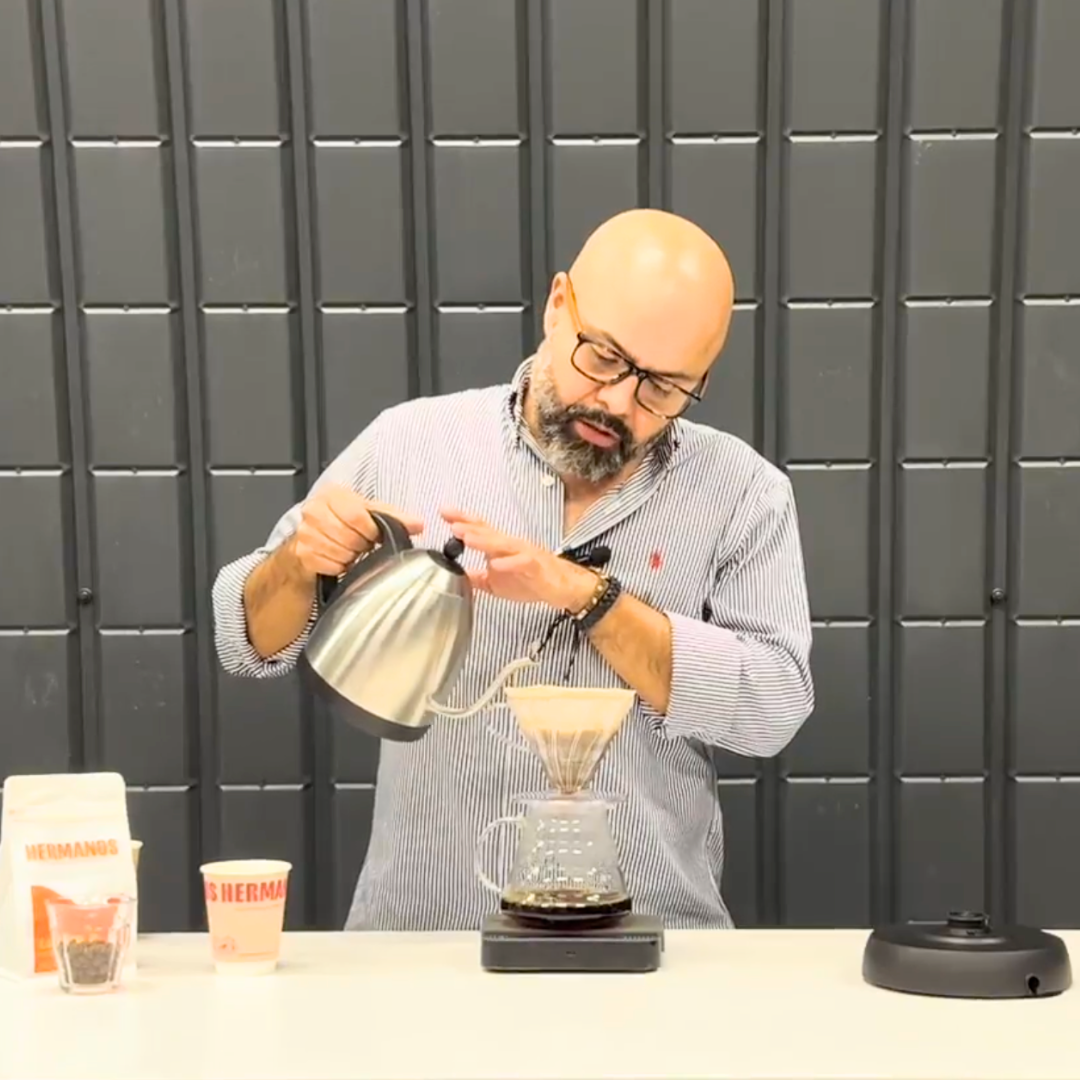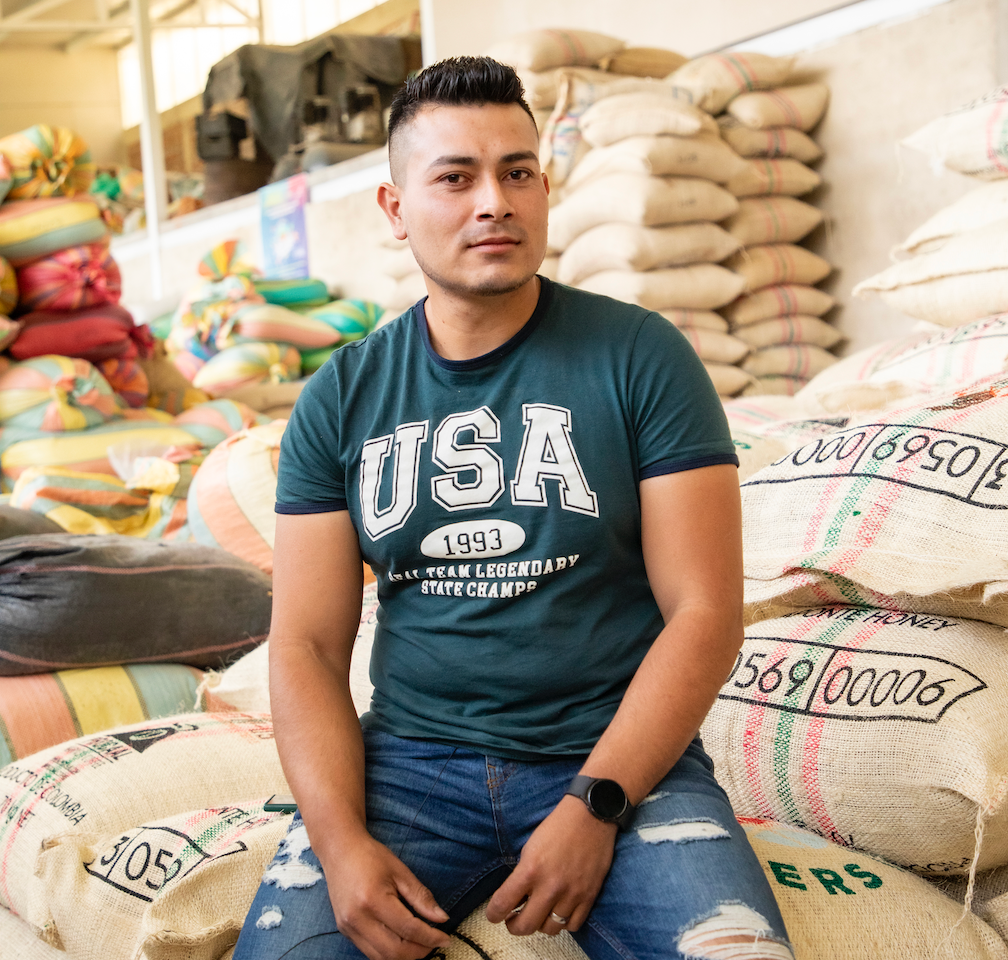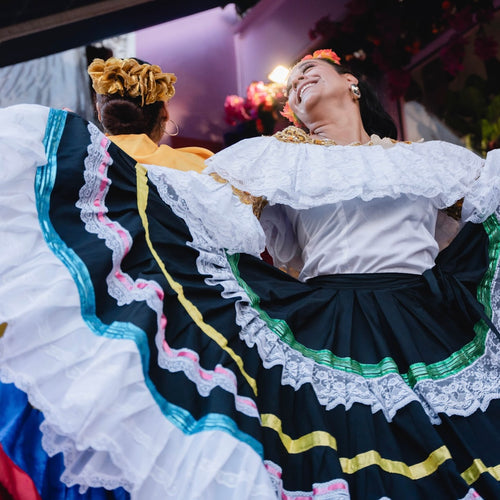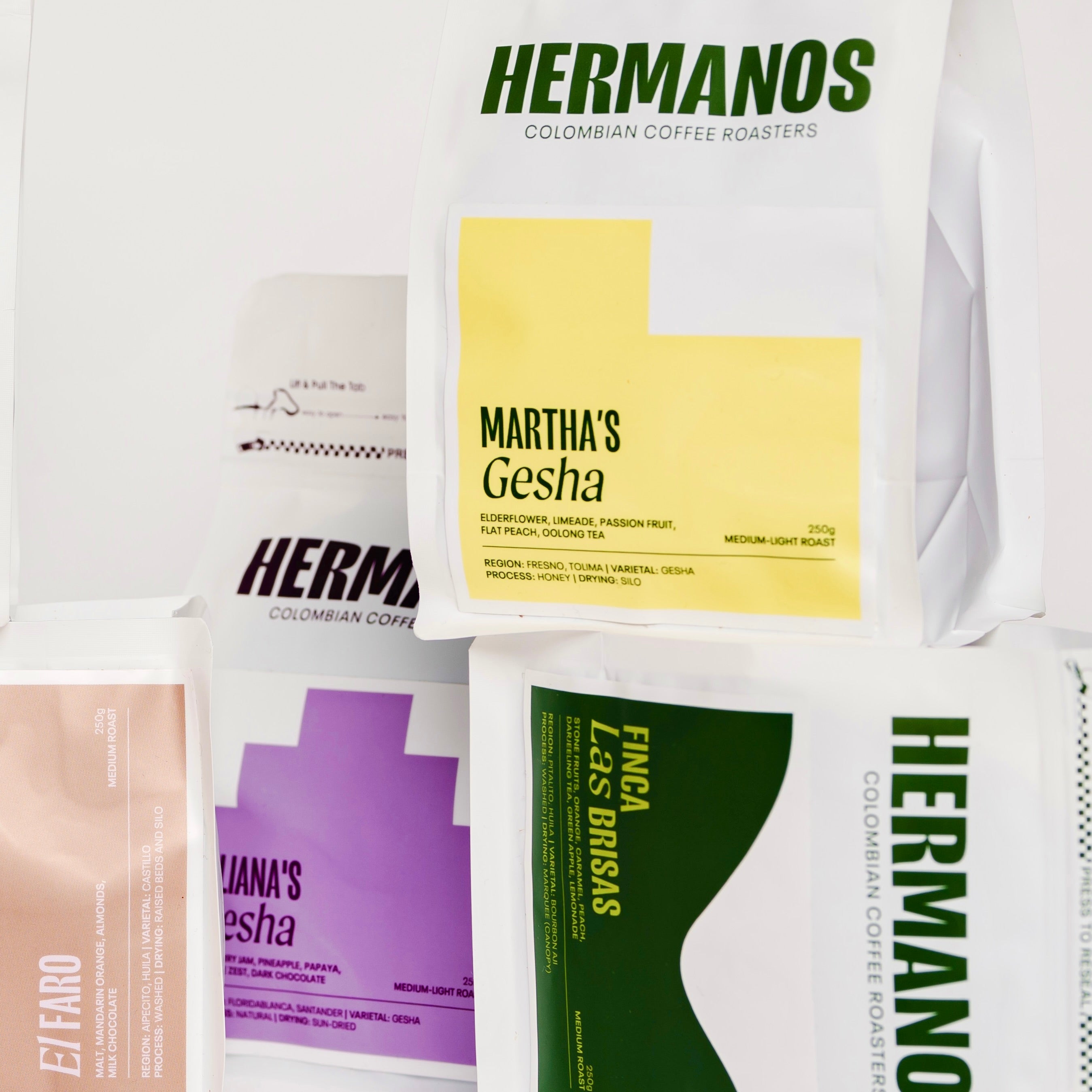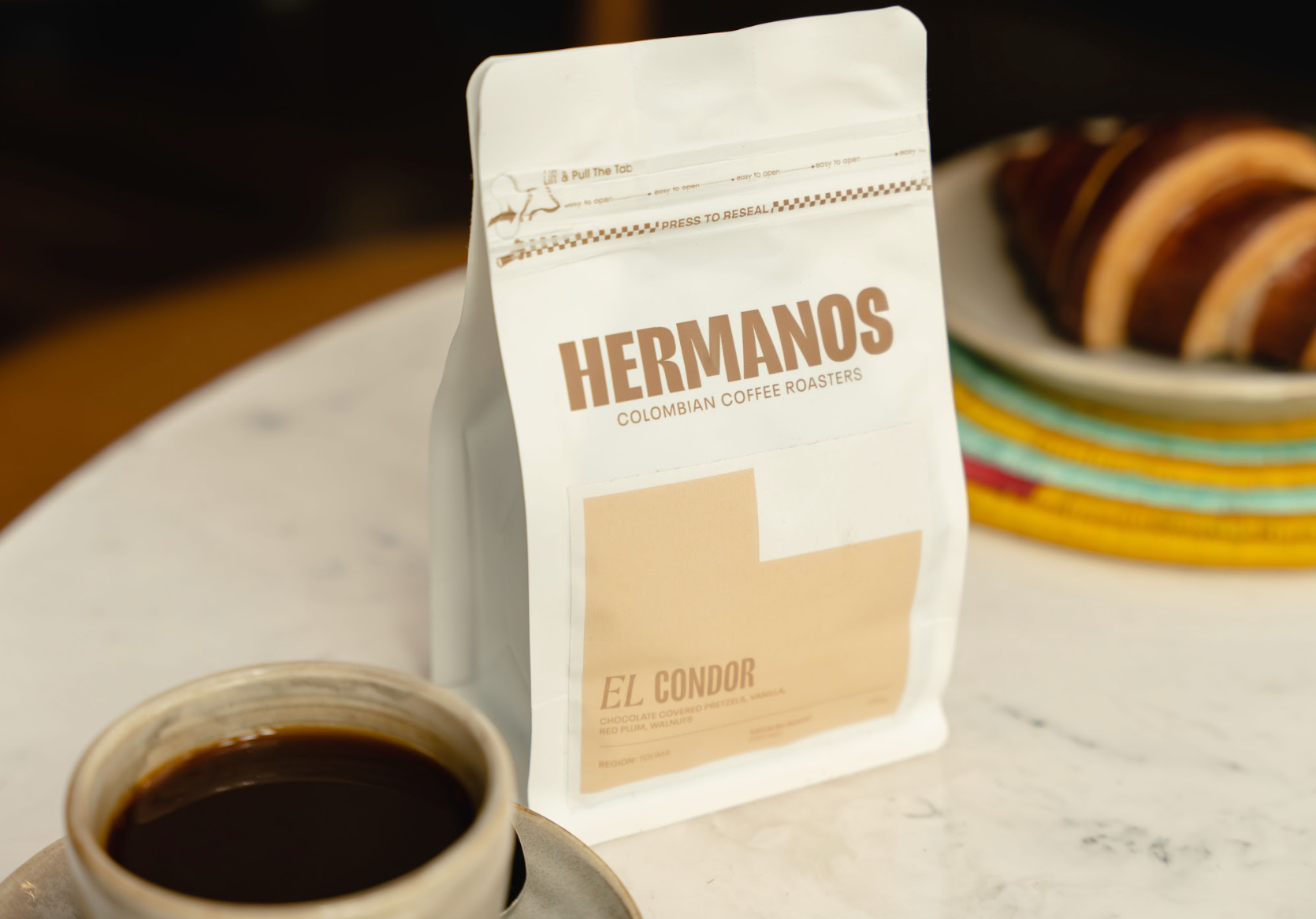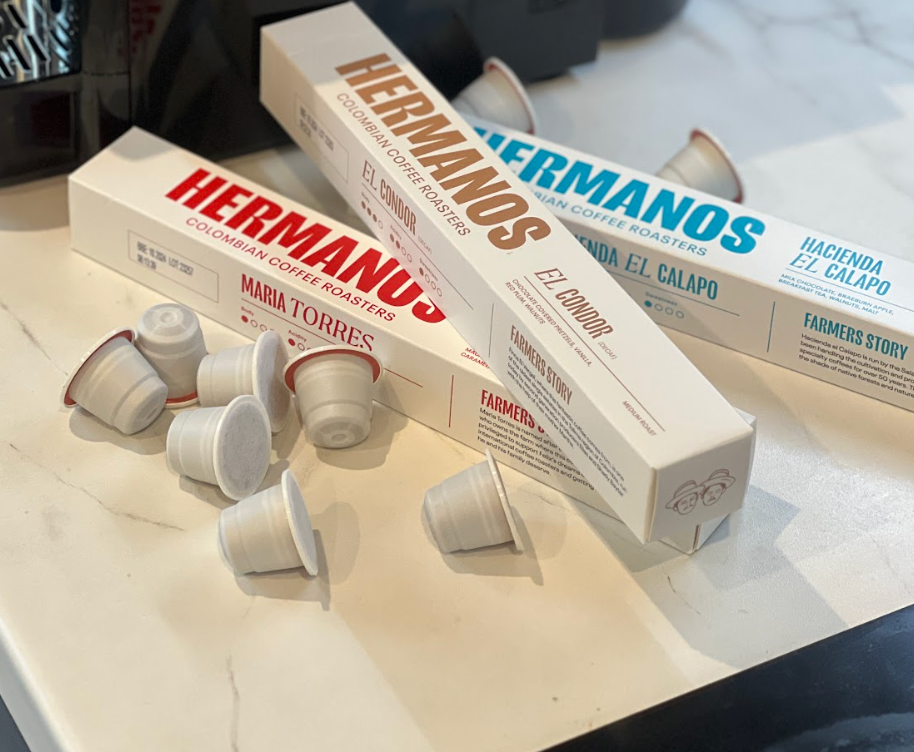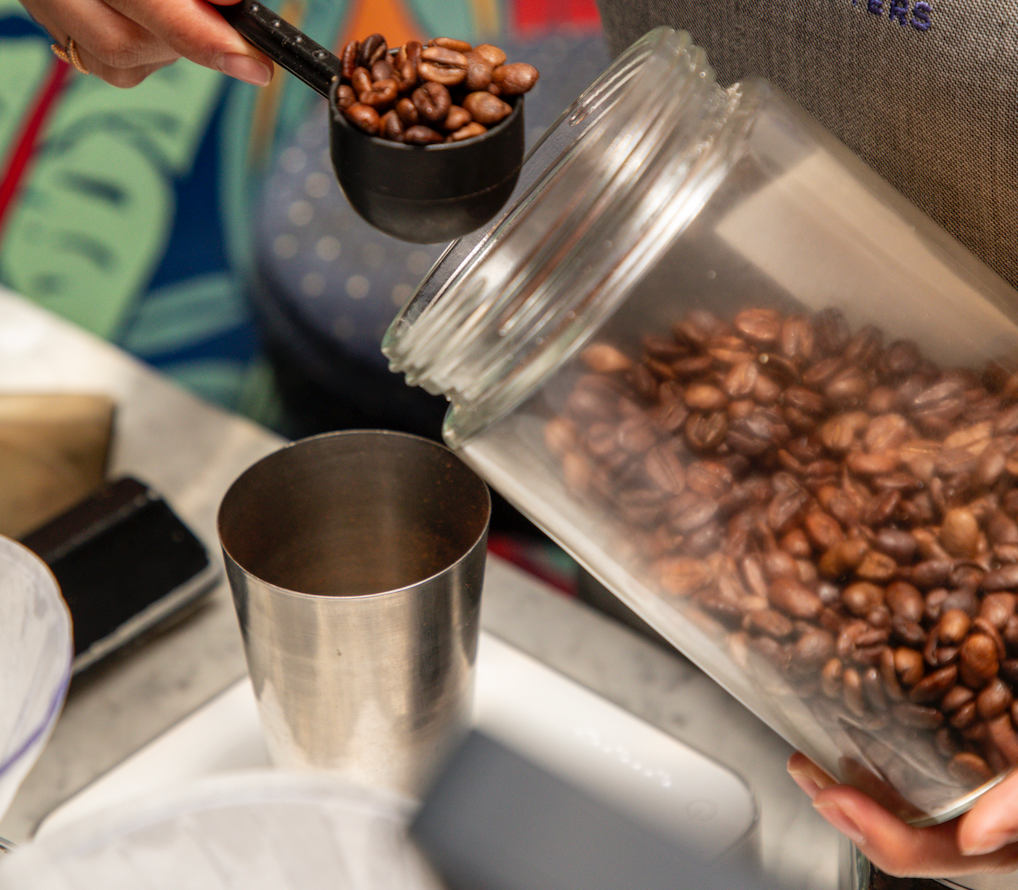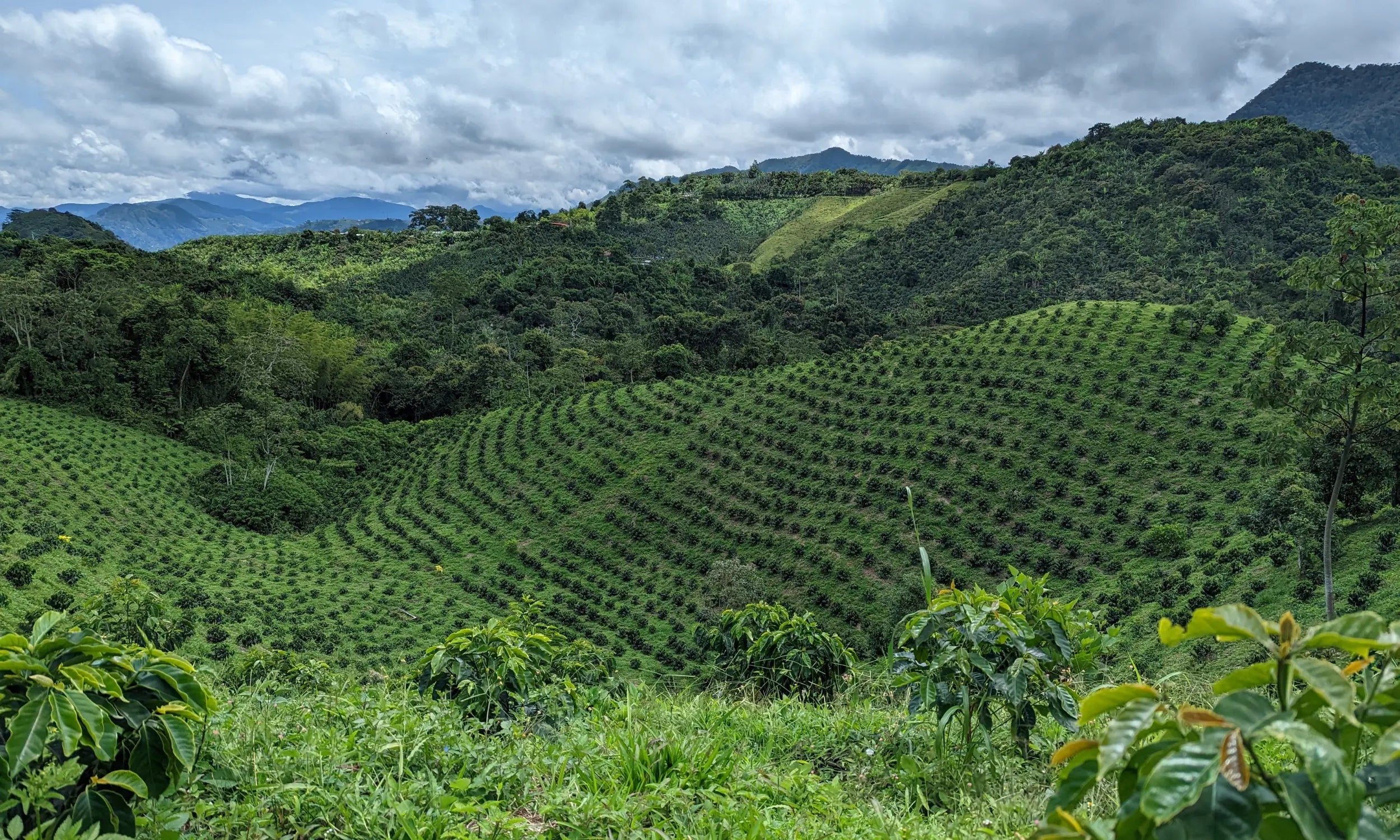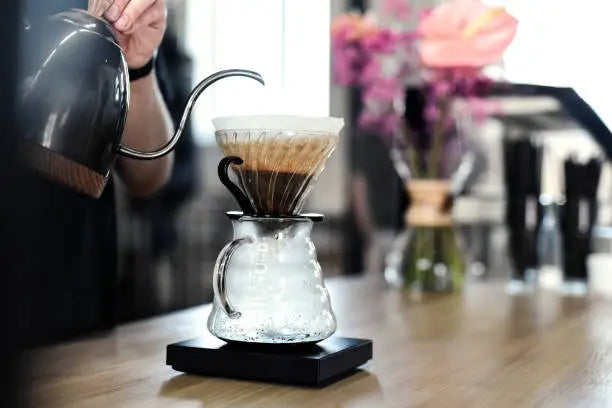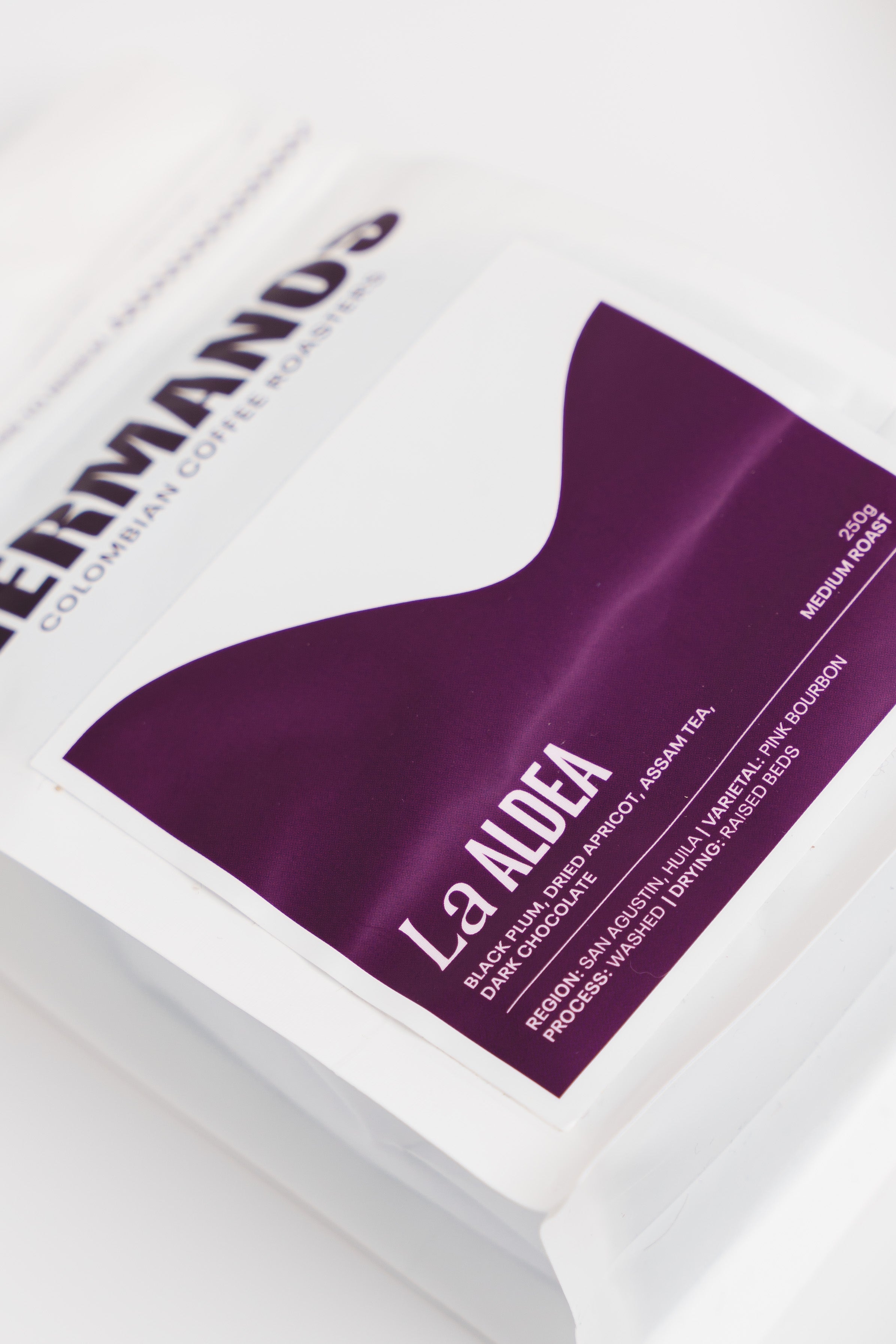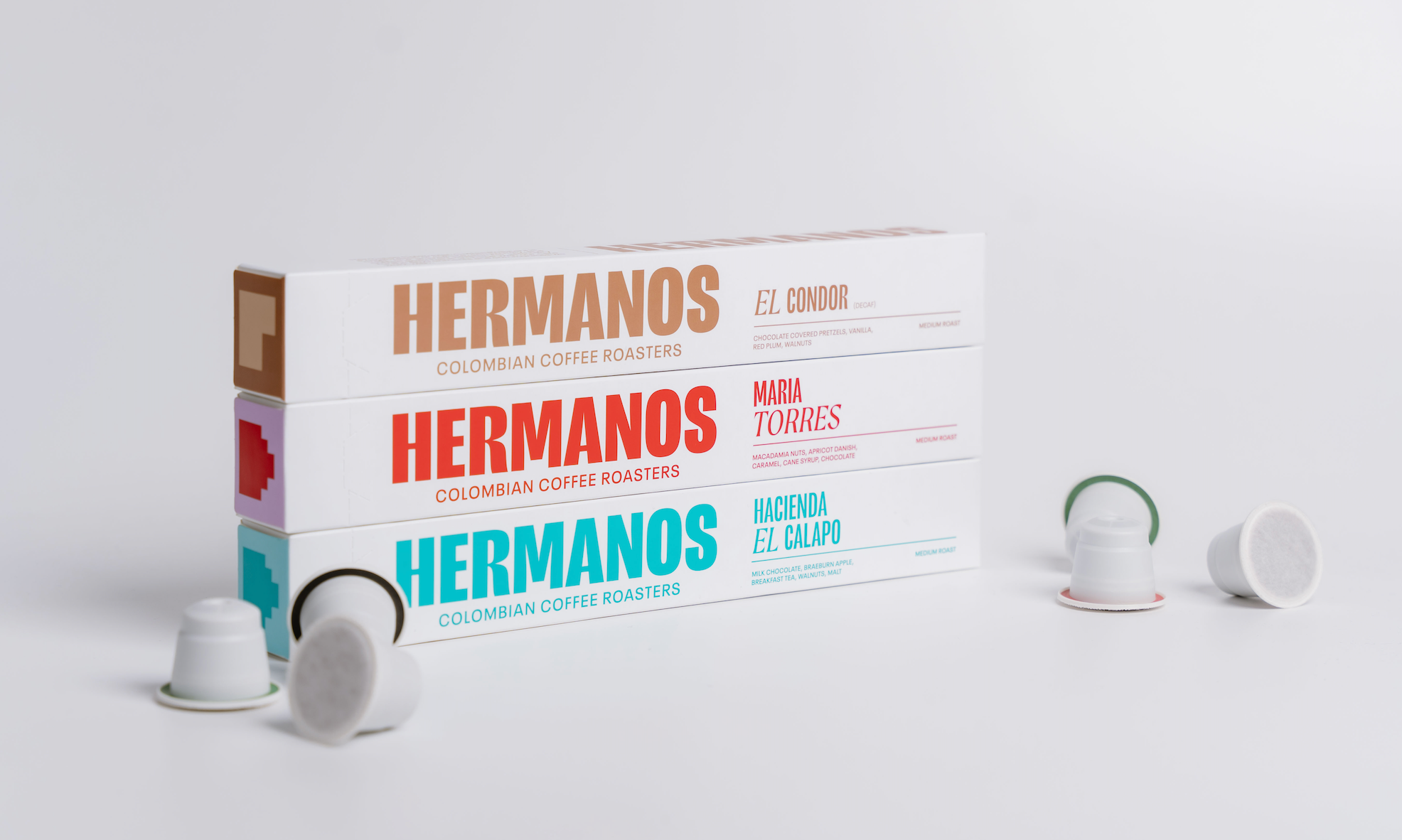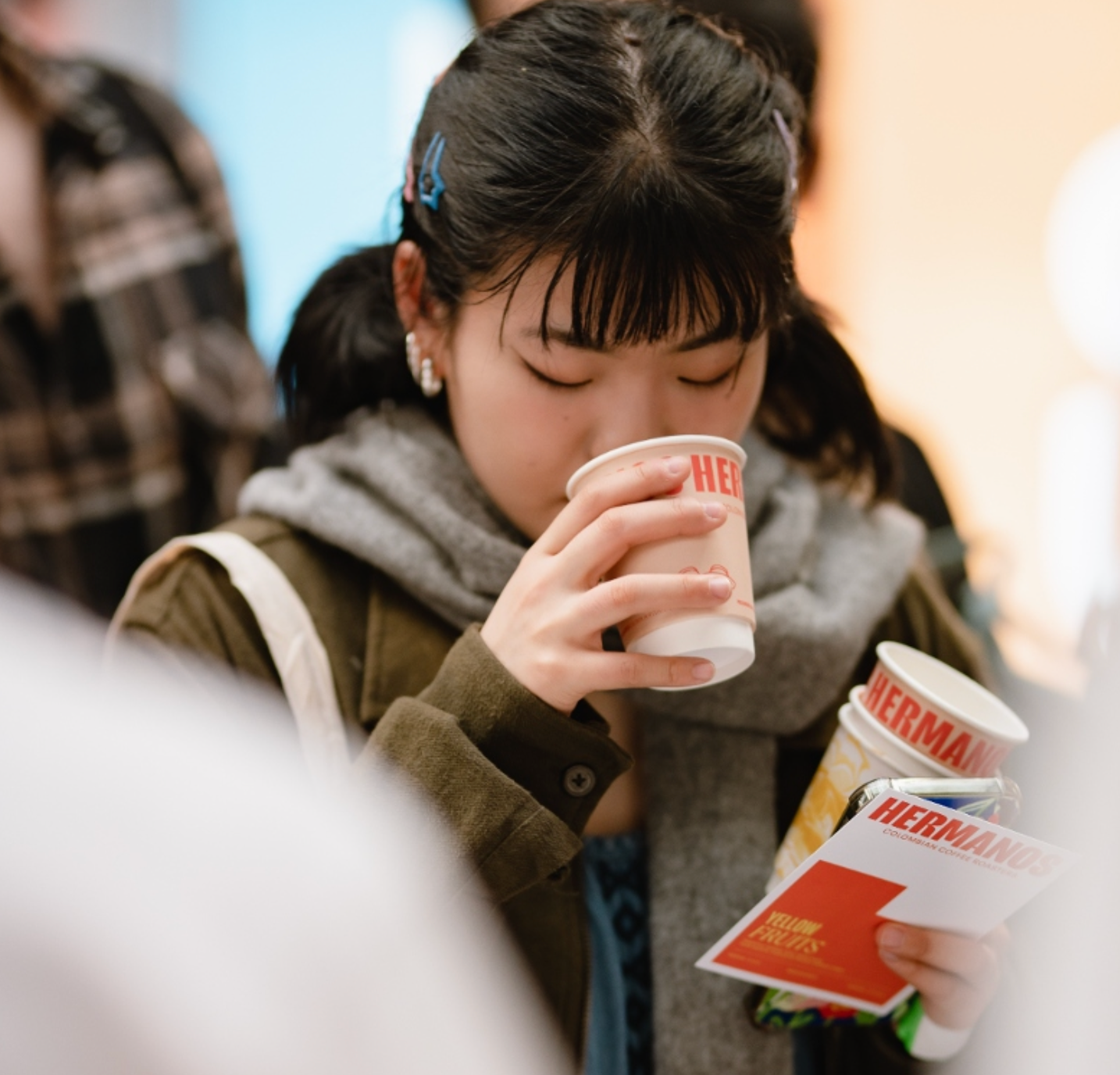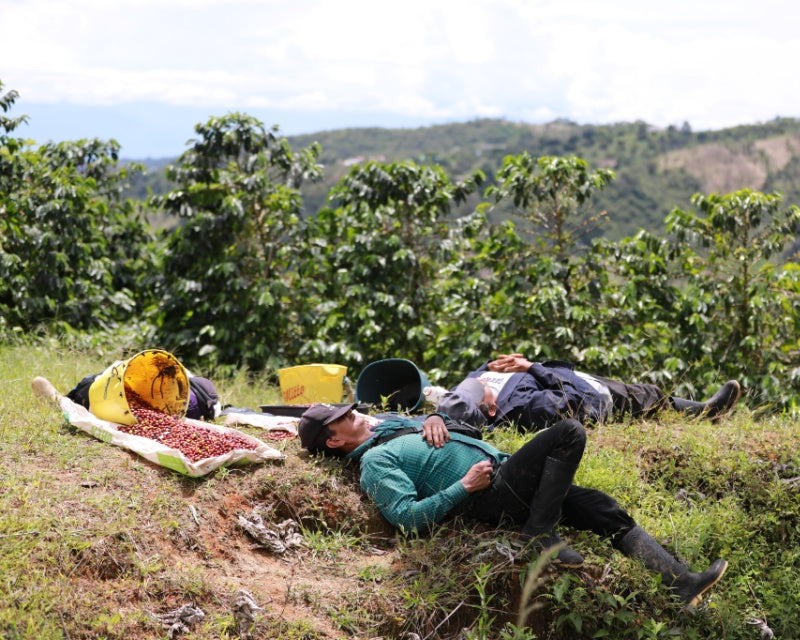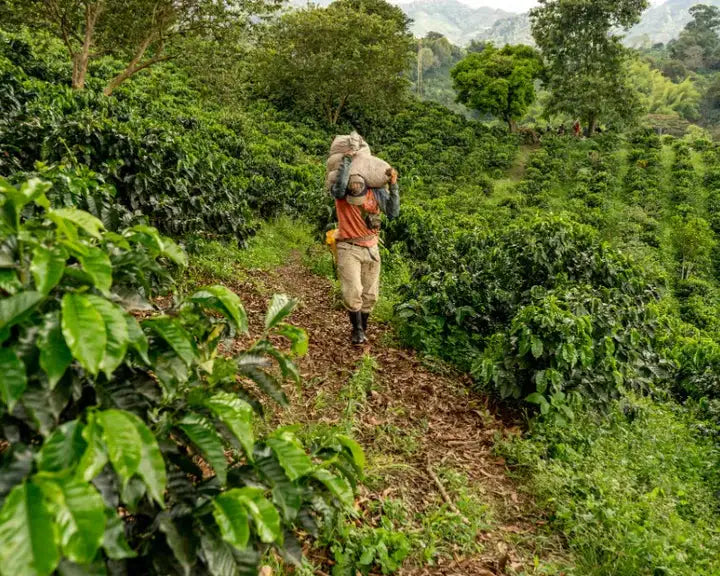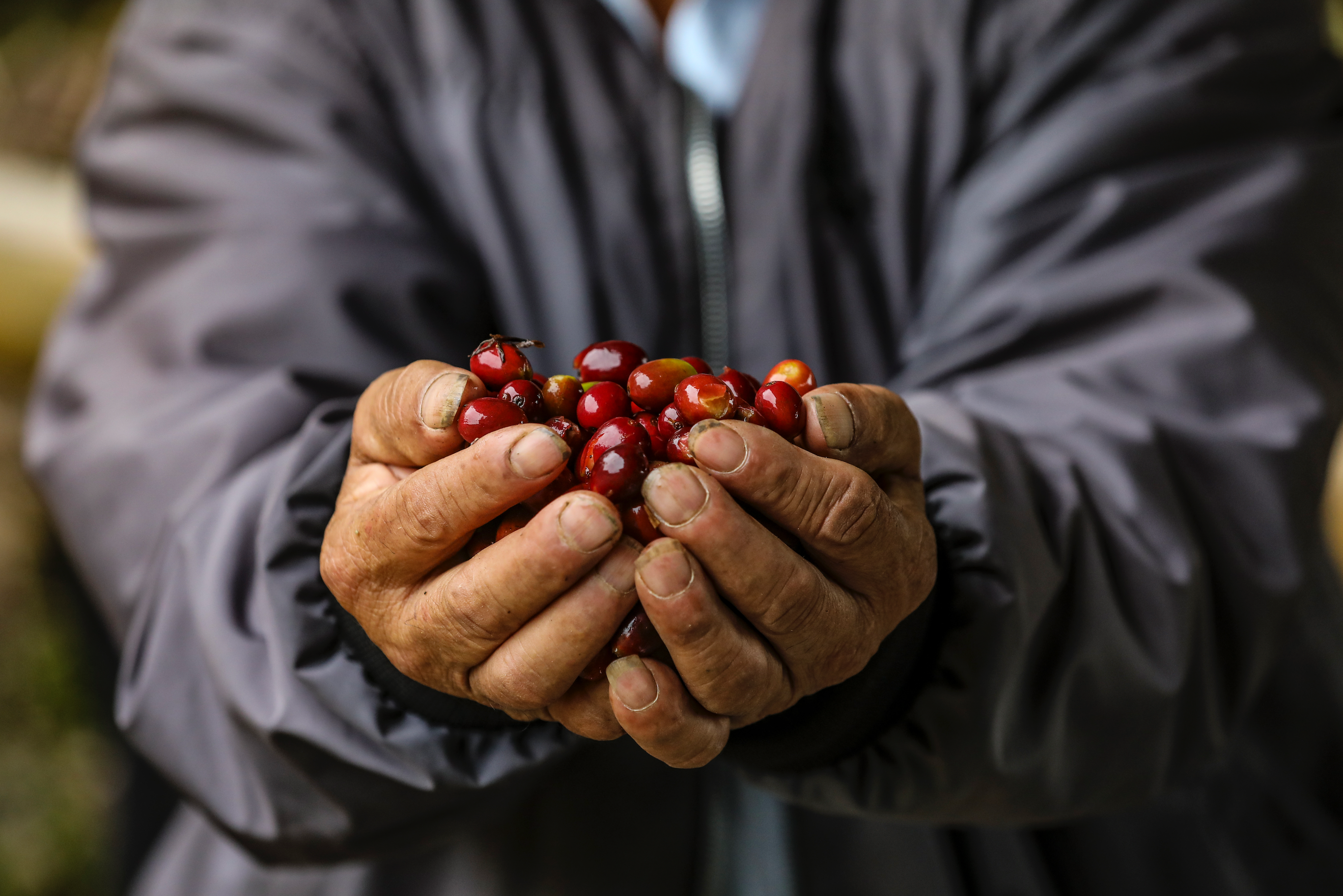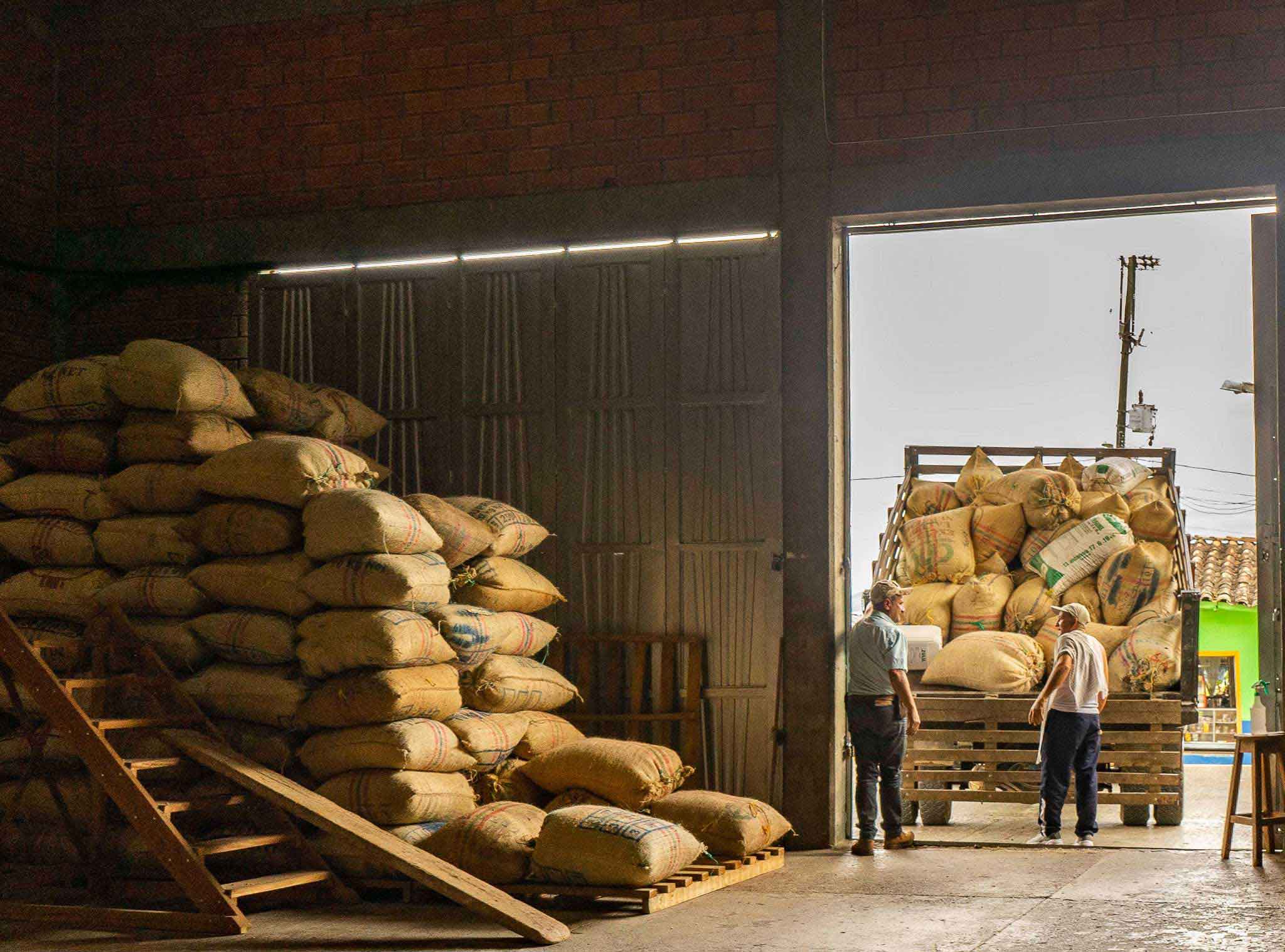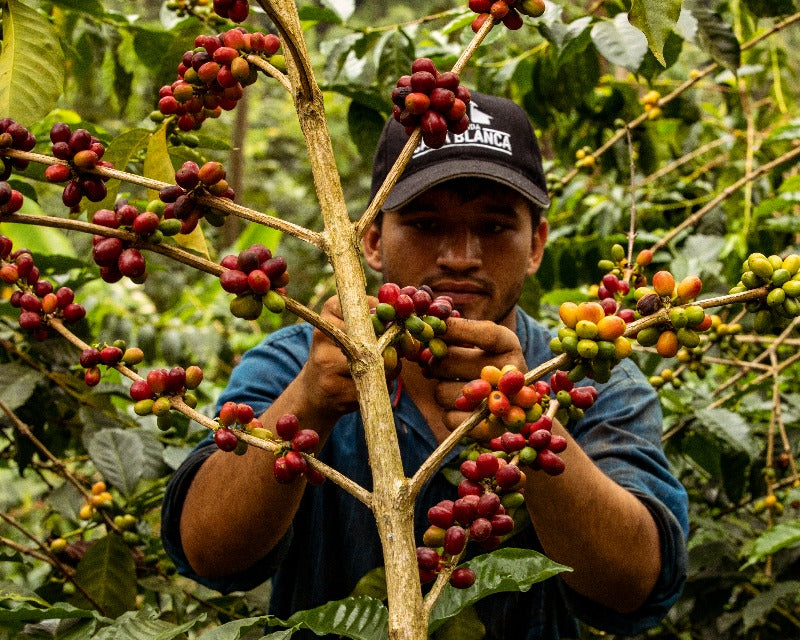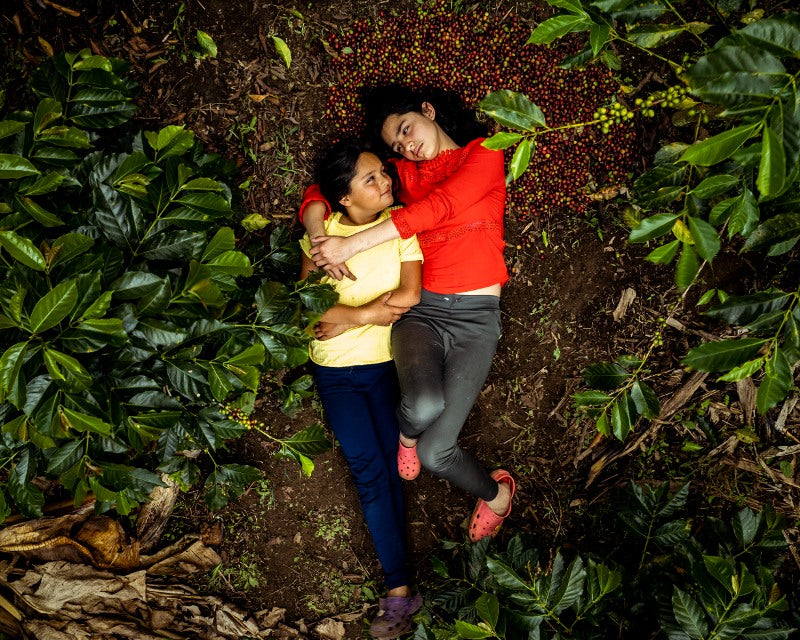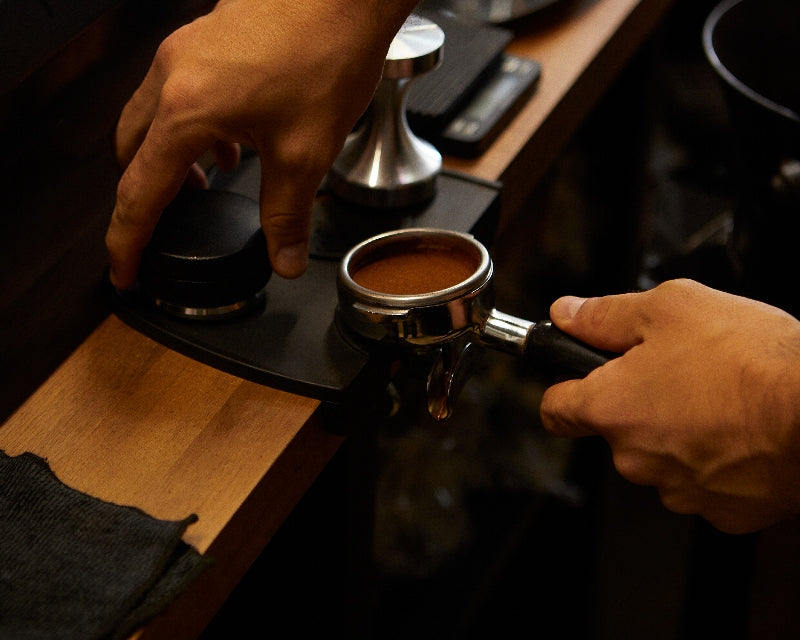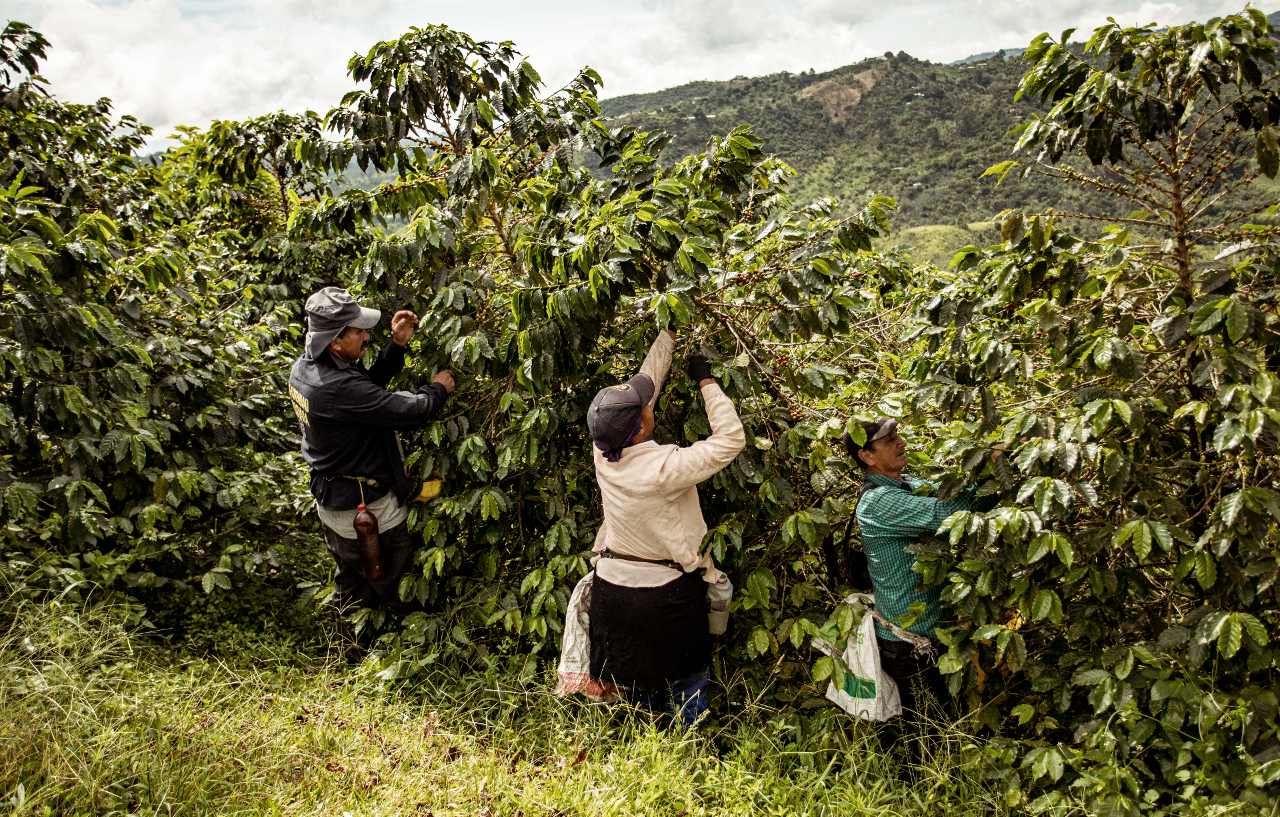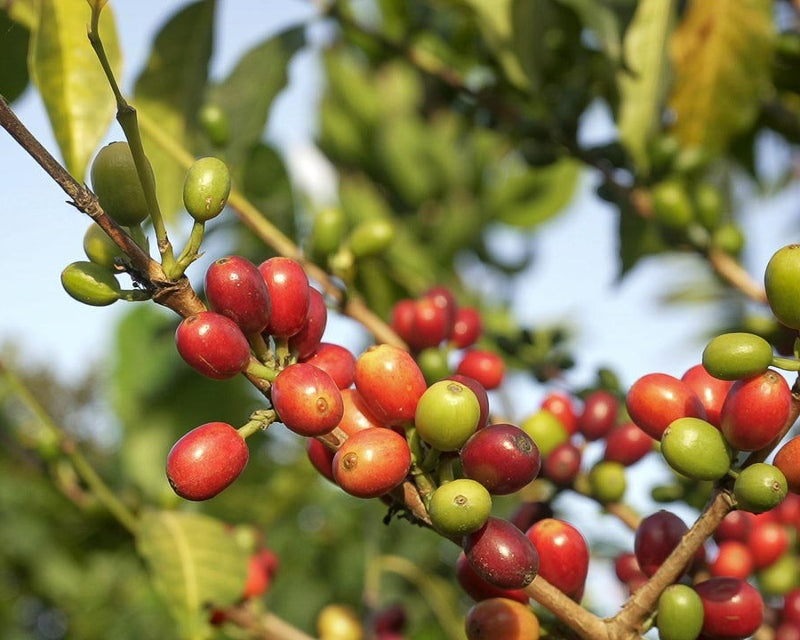Contents
-
The Basics
-
Why We Love Single Origin Coffee
-
The Case For Coffee Blends
-
Brewing Methods - Single Origin vs. Blends
-
How To Choose Between Single Origins And Blends
The basic concept is simple enough. A single origin bag of coffee comes from one location, while a blend can come from multiple. However, beyond this, there’s plenty of room for confusion.
One potential trap is thinking that all coffee brands use the same definition for location when labelling their beans on packaging and in marketing.
Another is believing that any bag of single origin coffee is intrinsically better than a blend, or thinking that because a coffee is single origin (without any additional context), it’s a good enough indicator of quality and therefore a justification for a higher price.
In this post, we explore what we mean exactly when we talk about single origin beans, and try to offer some advice for anyone puzzling over which kind of bean to buy.
The Basics 
For some coffee enthusiasts, the best bags of coffee will come from one traceable location and should ideally be roasted more lightly to preserve the characteristics of the bean. This should happen no matter how strange, fruity, acidic or sweet the beans taste.
Others believe that coffee brands and roasters should be completely free to experiment as much as they wish with different beans, mixing things up to create complexity or blending different flavours to produce very specific notes and flavour profiles based on what they think their customers will enjoy.
Notably, most players in the coffee world don't sit firmly in either of these groups. And while they may have personal or a brand-led preference, will probably understand the virtues of each type of coffee.
The reason for this is that coffee growing, harvesting and roasting coffee is such a complex process that several factors will contribute to the final quality and notes in the cup, not just whether something is sourced from one place or not.
For instance, a bag of single origin beans could taste quite unpalatable due to the poor quality of the tree or growing conditions. Equally, a coffee blend that uses a large amount of quite average beans can sometimes be made delicious when blended with other types of beans.
For some coffee enthusiasts, the best bags of coffee will come from one traceable location and should ideally be roasted more lightly to preserve the characteristics of the bean.
Discover How Roasting Influences Coffee Notes!
Different Types of Single Origin
Unfortunately, the term single origin lacks an official definition which will always lead to a certain amount of customer confusion. If you’re exploring the world of specialty coffee and want to understand the role that origin plays, find out what type of single origin your beans are before buying them.
|
Single Country
|
These beans are sourced from the same country. Various supermarket brands will have their bag of Colombian single origin beans, or their “Kenyan”, for example.
This means that beans are probably mixed from different farms and plantations, all from within the same country.
|
|
Single Region
|
Like with wine, different regions within a country are known for offering certain qualities. This is because climate and growing conditions are similar.
A bag of single region origin beans may include coffee from multiple farms within a specific geographic area of somewhere like Colombia, Indonesia or Brazil.
|
|
Single Farm or Cooperative
|
Beans that are single origin and also feature the name of a farm, cooperative or a lead farmer (someone’s actual name), are popular in the specialty coffee world.
This is because it can be assumed that not only will the beans have received a good amount of attention from one group of farmers overseeing the entire process, but also that the sourcing practices and ethical standards are more traceable.
Specialty coffee growers care a great deal about their reputation and will usually do their best to produce quality coffees that meet their own standards of taste as well as command a good price on the global market.
|
|
Single Micro-Lot or Nano-Lot
|
Micro-lots or nano-lots are enjoying growing popularity and recognition today. They’re often marketed as “premium” and “luxury” due to their limited availability. And while not all beans from micro-lots will be great, it’s sometimes likely that they will have been treated with a high level of care.
Many roasters and customers are also attracted by the prospect of buying coffee that supports smaller groups of farmers (often individual families) rather than owners of bigger plantations that rely on automated processes and mechanical harvesting.
|
Many coffee buyers are attracted by the prospect of buying coffee from smaller producers rather than owners of big coffee plantations.
Why We Love Single Origin Coffee
When we talk about single origin beans at Hermanos, we’re referring to specific farms and locations that use very distinct growing and harvesting practices. Sometimes we’re talking about specific micro-lots too.
If you see our product descriptions, we’ll try to explain exactly where the beans are from in Colombia with some background about the growers — many of whom we’ve had the pleasure of meeting in person and still stay in touch with about the progress of their crops each season.
The farms we work with are also governed by unique climate conditions and are often managed in small batches. We believe this allows coffee growers to have more control over the result of the final crop and gives them greater potential to achieve exceptional notes.
This process also lets us see exactly how we are benefitting Colombian communities. And for us, this is what really excites us about coffee. We love establishing long-term relationships that can help to support local livelihoods.
So with this in mind, if we were to then blend the beans we source with others (while the results could be interesting) we wouldn’t feel like we were necessarily doing the beans justice, or the individual communities that grow them.
However, we’ve never criticised others for their coffee creativity or boldness in mixing various beans from all corners of the bean belt. And assuming that coffee blends are still made up from beans that are traceable, there can still be a very real benefit to coffee growing communities.
The Benefits of Single Origin Coffee
-
Knowing that your coffee beans come from a single location lets you better appreciate the unique characteristics that can only be found where that bean was grown, whether it’s fruity, berry-like notes or nuttiness.
-
While some would see the limited availability of single origin coffees as a downside, others would see this as its appeal, supported by the fact that they feel they’re not getting generic or mass produced beans.
-
Inquisitive coffee drinkers can try to trace the impact of growing conditions on the final notes that they taste in the cup, which is significantly harder with coffee blends.
-
Knowing where your beans come from helps to promote sustainability and ethical sourcing, which has historically been a problem in the coffee industry.
Knowing where your beans come from helps to promote sustainability and ethical sourcing, which has historically been a problem in the coffee industry.
Learn Why We Think Colombian Coffee Beans are So Special
The Case for Coffee Blends

Historically, blending coffee was a decision made primarily for commercial reasons. By mixing higher-quality arabica beans from certain parts of the world with cheaper robusta beans from other parts, it was easier for many companies to produce large quantities of coffee that matched the public’s general taste preferences.
Even today, blends of this type — where average or poorer quality beans are blended with others — are created for mass appeal with minimal investment.
Yet, there’s also a whole different world of coffee blends that sits apart from all this. Specialty coffee roasters, as well as big coffee brands, have put together many new and exciting blends over the years with taste and quality being a priority during the blending process, rather than profit.
Those doing this are often concerned with taking the best qualities from different origins and blending them to create something they believe tastes great and is worthy of their customer’s attention. And if the outcome is a well-balanced, smooth coffee bean that works well with or without milk, as so many blends do, then there’s nothing wrong with that.
There’s no doubt that many roasters enjoy this side of specialty coffee and see it as a way to create something even more unique and rewarding.
Takeaways
-
Many customers enjoy the taste of blends and have grown accustomed to flavour profiles that offer well-roundedness and smoothness, which is often paired with milk.
-
For brands that find it difficult to source from the same farms but still want to deliver a consistent flavour experience to their customers, it’s more practical to create blends from different sources that meet the general requirements for their house batch.
-
Making coffee blends can be good for softening strong or indesirable flavours from certain beans.
-
It’s less expensive to offer a blend than certain single origin beans that are sourced from one farm, come with limited availability and are more expensive due to their usage of 100% arabica.
-
Blends are usually less “out there” than single origin beans, meaning you’re less likely to find something that really doesn’t sit well with your taste buds (and also less likely to find a bag that seriously surprises you in a good way).
Brewing Methods - Single Origin vs. Blends

As we’ve said before, if you enjoy a certain type of coffee roasted, brewed or served in a particular way, don’t let anyone tell you otherwise. However, a few specific brewing tips can always help you get the most from your beans.
If you’ve spent a good amount of money on single origin beans recommended for their quality, unique flavors and specialty nature, consider trying it with a pour over method (V60, Chemex) that lets you tease out the beans’ subtle notes more easily.
Also, even if black coffee has never appealed to you, we recommend having a taste before you add any milk and see if you can pick up on the notes before the flavour becomes more... subdued.
Some of the best single origin specialty coffee beans will taste great when paired with milk, but sometimes the subtle notes get lost when the two liquids combine.
Admittedly, the striking flavours and unique notes from some single origin coffees are not appealing to everyone and synergy with the flavour and consistency of milk (or a non-dairy alternative) is what’s needed to complete the drink.
Blends are less demanding in this sense when it comes to brew methods and roasting levels with many blends working well with pour overs as well as milk-based espresso drinks. But in the end it all just depends on your preferences as a coffee drinker.
Brands are becoming more and more conscious of the stories behind the beans they sell.
How to Choose Between Single Origins and Blends

It wouldn't be right to say that a single origin or a blend is outright better than the other. And it’s increasingly hard to tell whether the term “single origin” is used by brands for marketing purposes only (to convey a greater sense of value), or if it’s a true indicator of coffee having been grown in one specific location, under carefully managed growing conditions.
Fortunately, for those interested in this side of coffee, brands are becoming more and more conscious of the demand to know the story of the bean. Even if the barista at your local roaster doesn’t know exactly why their single origin beans are better, or which part of a certain country they are grown, you should be able to find something out if you dig a little deeper by searching online or contacting the owner or sourcing team.
The best specialty coffee brands and sourcers will have a strong relationship with their producers and should have a good amount of knowledge to offer you regarding the exact location the beans were produced and harvested.
If you’d like to know more about the origin of any of our beans, we’d love it if you read the descriptions we’ve put together on our product pages for each of our bags. Or if you have any more questions about the single origin vs coffee blends debate, feel free to reach out to us directly!
What Role Do Single Origin Coffee Beans Play in the Third Wave Coffee Movement?











